SUB conscious
A journey into the symbolic mind











A timeless sanctuary where the past and the subconscious intertwine.
Since 1892, Pera Palace has welcomed dreamers, writers, and visionaries into its velvet-draped rooms, where every night feels like a whispered secret from another realm.
Let your inner world rise to the surface. Let the night begin.





Meet the Inner You
The One You Don’t Know You Are
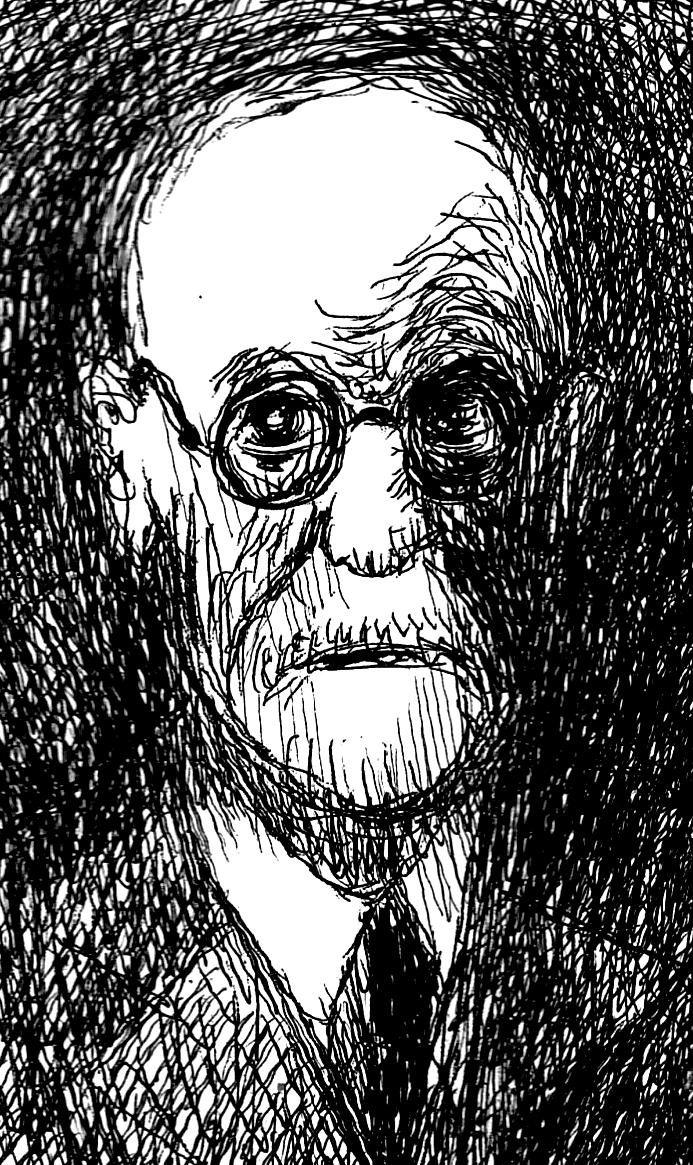
sIgMunD FreuD Decoding Hidden Desires
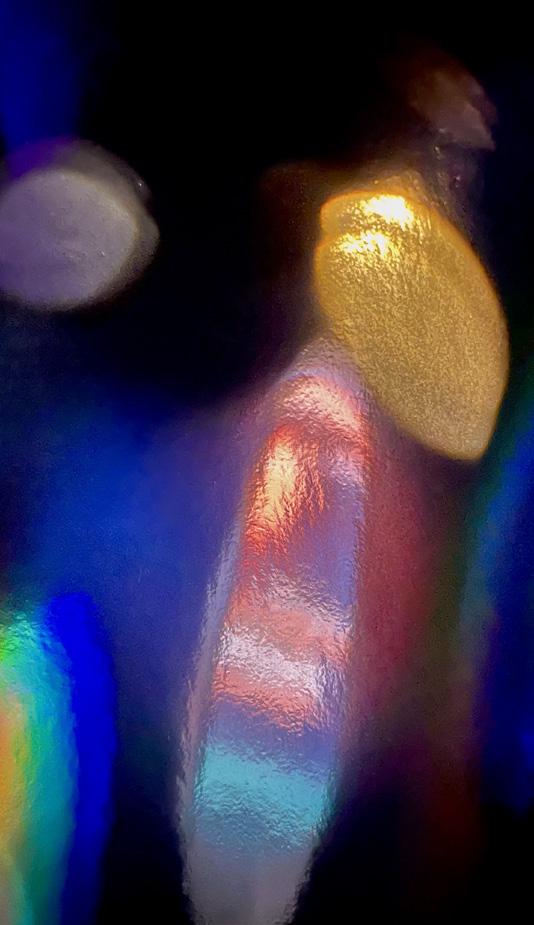
Language BarrIers Your Inner Voice Doesn’t Speak English
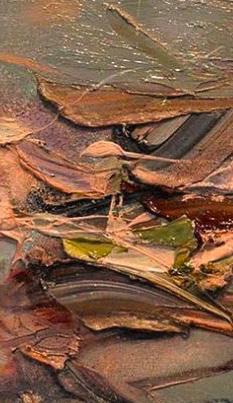
carL Jung The Map of The Inner World
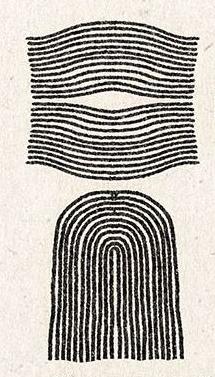
the MInD’s secret coDe: How Your Brain Invents Symbols

the scIence oF sLeep, the MagIc oF escape On Rem Sleep & Astral Projection

Where
and
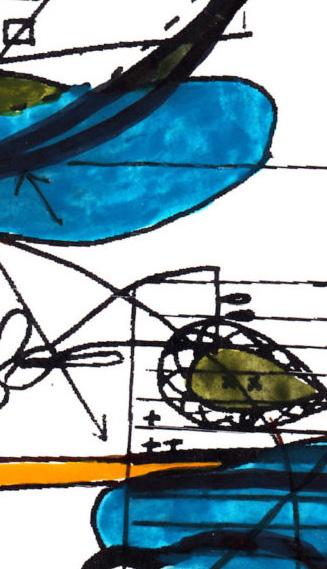
DreaMs as Data: Susan Hiller’s Archiving of The Unconscious
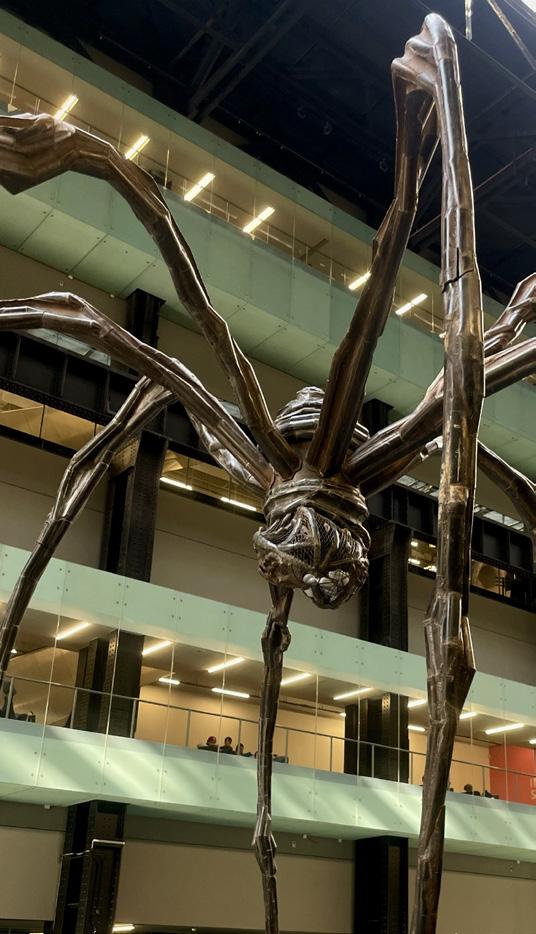
sYMBoLs oF the Inner chILD: Louise Bourgeois’ Sculpted Psyche
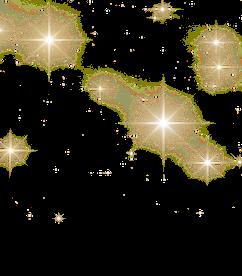


DreaM MappIng: A Collective Study of the Subconscious
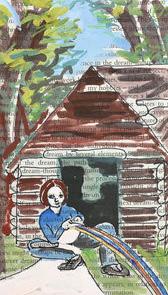
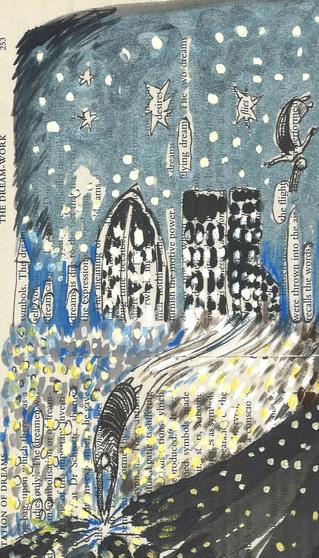
When FreuD Meets FIne art: Julia Lockheart’s Dream Illustrations
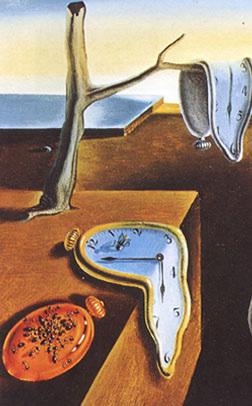
surreaLIsM: When You Let the unconscIous take controL
Hilma Af Klint & Salvador Dali

the suBconscIous expLaIneD In tWo WaYs Illustrator & Neurologist’s Perspective

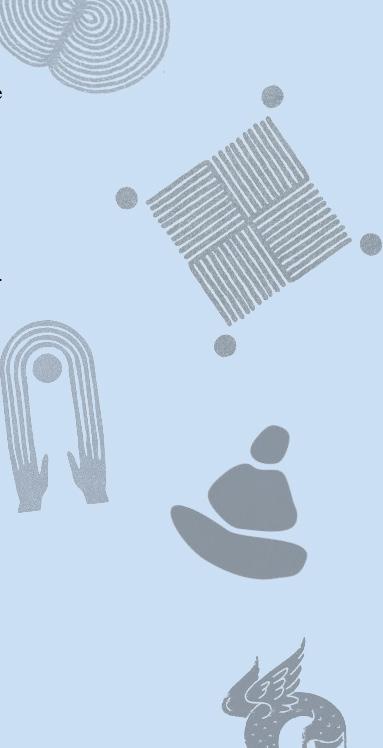
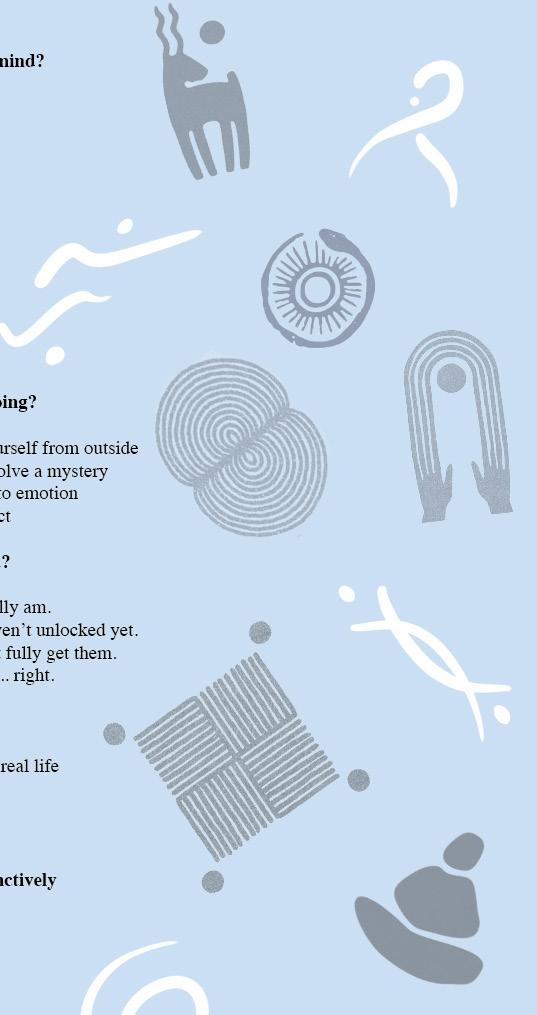
so, What’s Your sYMBoL? Personalised Symbol Test
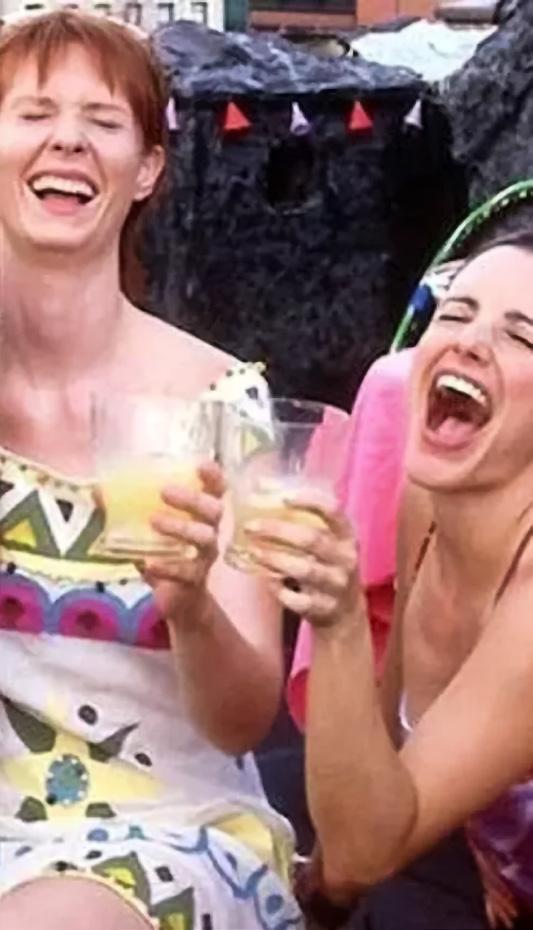
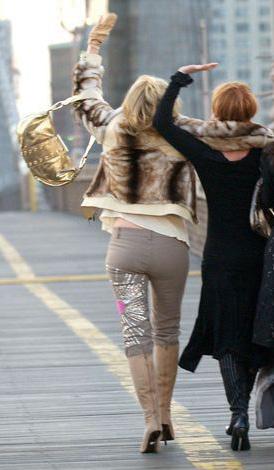
satc QuIz: Which Archetype Are You?
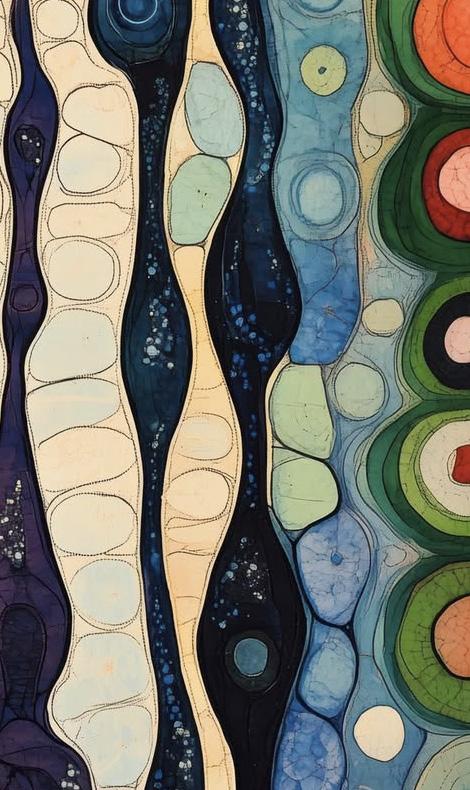
an InvItatIon FroM the InFInItY: Cover of the Summer Issue and Thank You Note
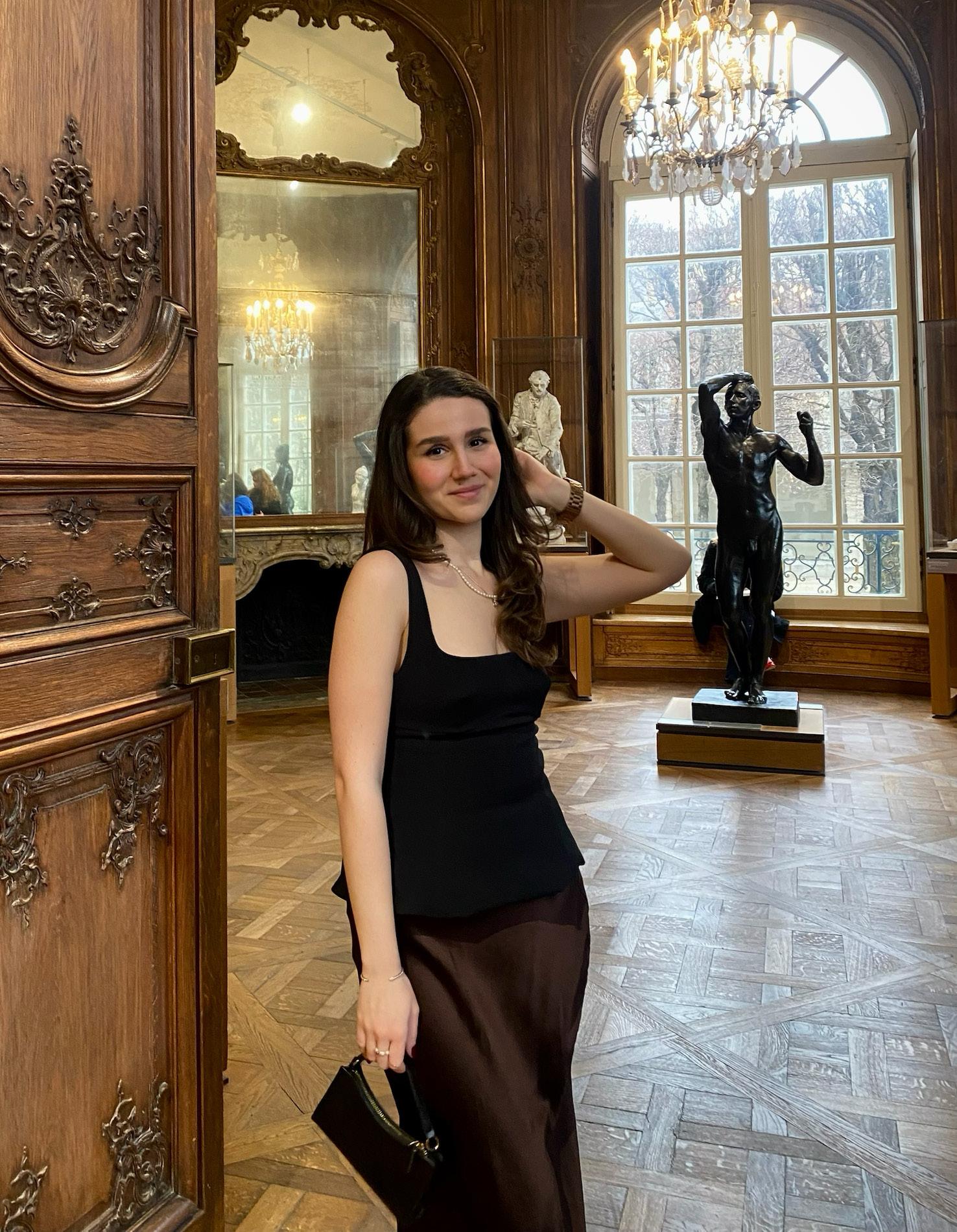
Dear Readers,
One night, I had a dream that stayed with me, vivid, strange, and impossible to forget. I couldn’t quite decode its meaning, so I started searching. I dove into books, theories, symbols trying to understand what my subconscious was trying to tell me. In that search, I found something bigger: the hidden language of the subconscious. A language made not of words, but of symbols. Of feelings. Of dreams. Why does the mind speak this way? And what is it trying to say?
This issue is our attempt to find out.
We followed the threads of dreams through science, art, and philosophy. We visited museums, interviewed experts, explored rituals for deeper sleep and built a symbolic magazine to help you interpret your own inner world. At the end, you’ll find a quiz to discover your personal symbol, a small key to understanding the messages hidden within your subconscious. We hope this issue speaks to your dreams the way our dreams spoke to us.
With love, Cansu Nil Onur
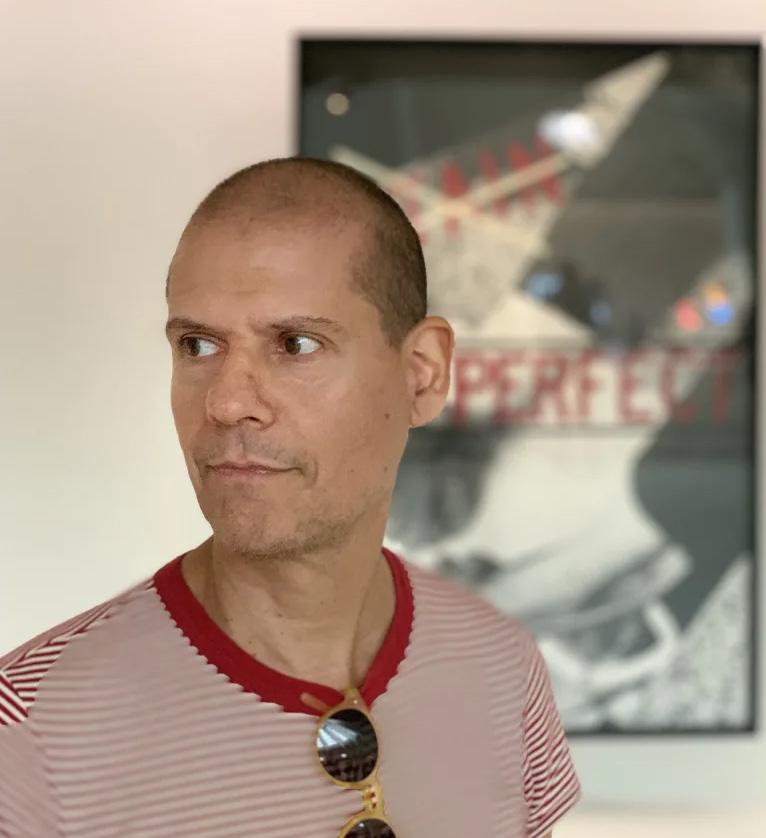
Academic and designer with a background in both linguistics and visual communication. Sakis, bridges theory and practice across disciplines, currently leading Year 1 Graphic Design Communication at Chelsea College of Arts.
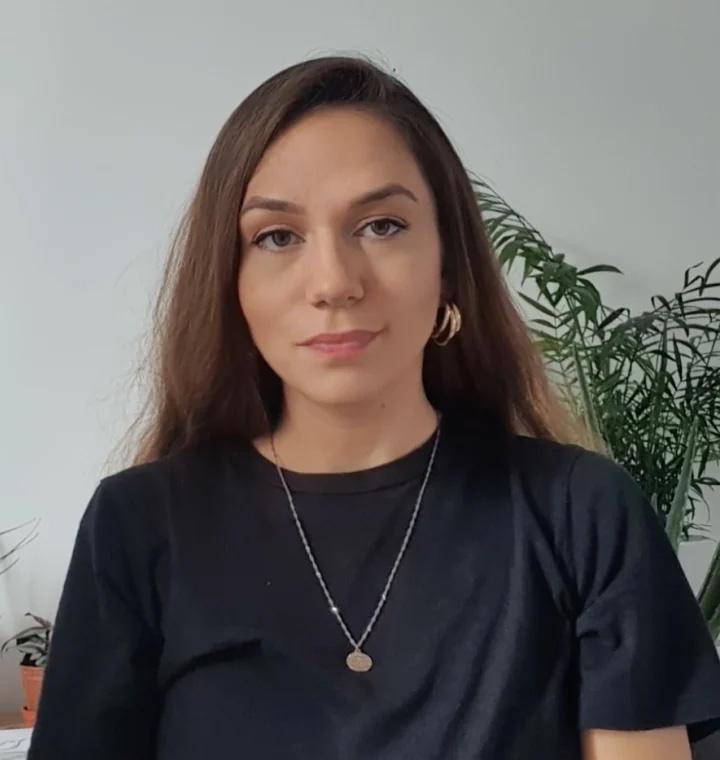
Graphic designer, illustrator, and educator with a focus on motion graphics, editorial design, and data visualisation. As a Specialist Digital Design Technician at UAL, Genevieve merges analogue and digital experimentation in her process led approach.
Artist and designer based in London. Damian explores the tension between micro and macro through performative drawing, where texture, time, and muscular control shape the work. He also lectures in Visual Communication.

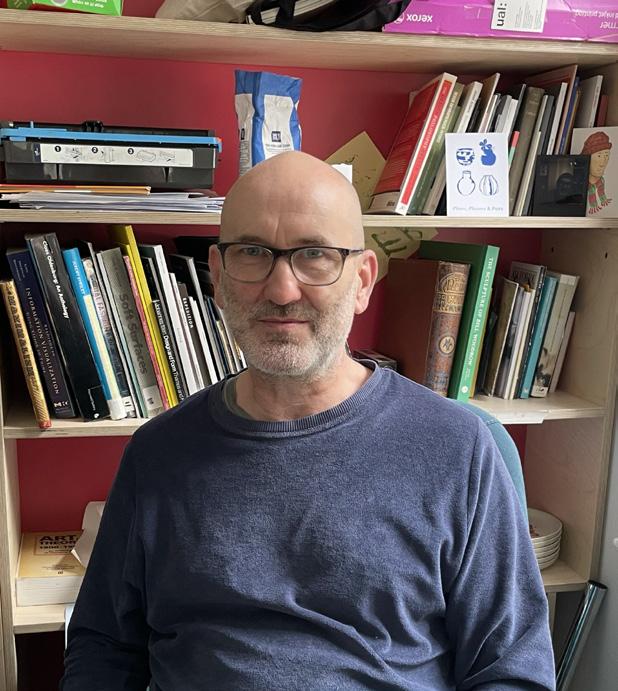
Artist and designer. Kieron is a Year Leader in the Graphic Design Communication course at Chelsea College of Arts. His practice explores the role of meaning in design, with a particular interest in how ideas are communicated and interpreted.
Support Technician at UAL. Claudia provides expert guidance on print technologies, helping students bring their visual ideas to life through hands on production.


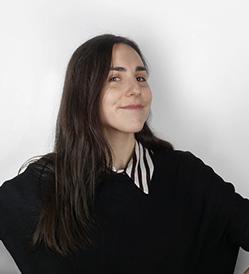
Graphic designer and researcher from Athens, now London based. Her practice focuses on language, semiotics, and participatory systems, using workshops and process-led methods to challenge dominant narratives.



















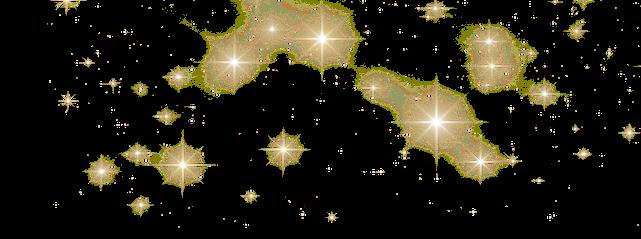

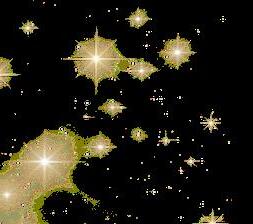

But beneath those, there’s an entire world running the show.
Welcome to the layered mindwhere your daily decisions, emotional patterns, and even your dreams begin.
The part you’re aware of. Logical think ing, attention, planning. Daylight. Control. Awareness.

The conscious mind is your spotlight. It’s what you use to make lists, read this page, decide what to wear. But it’s only about 5% of your brain activity - a curated surface of the whole story.

The deepest layer. Collective archetypes. Instincts. Trauma. The unknown that shapes everything. Deeper than memory lies instinct.

Emotions, habits, stored beliefs, memories. It learns from repetition and speaks in symbols.
Your subconscious is the archiveemotional, symbolic, sensory. It’s what powers your habits, your gut feelings, your dreams. It doesn’t speak in words, it speaks in impressions. Think: déjà vu,
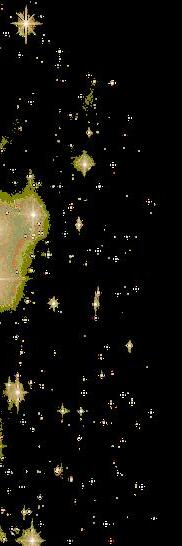

Your unconscious mind is vast - it stores ancestral patterns, universal symbols (like water, the mother, the shadow). You don’t access it - but it accesses you.
According to science, consciousness is part of the mind, and the mind is a func tion of the brain.
Philosophy might say otherwise - but let’s stick with science for now. The mind isn’t in just one place.
It flows through a network of brain re gions like the cerebral cortex, thalamus, and the “posterior hot zone.” While the conscious mind is alert and logical, the



“Face
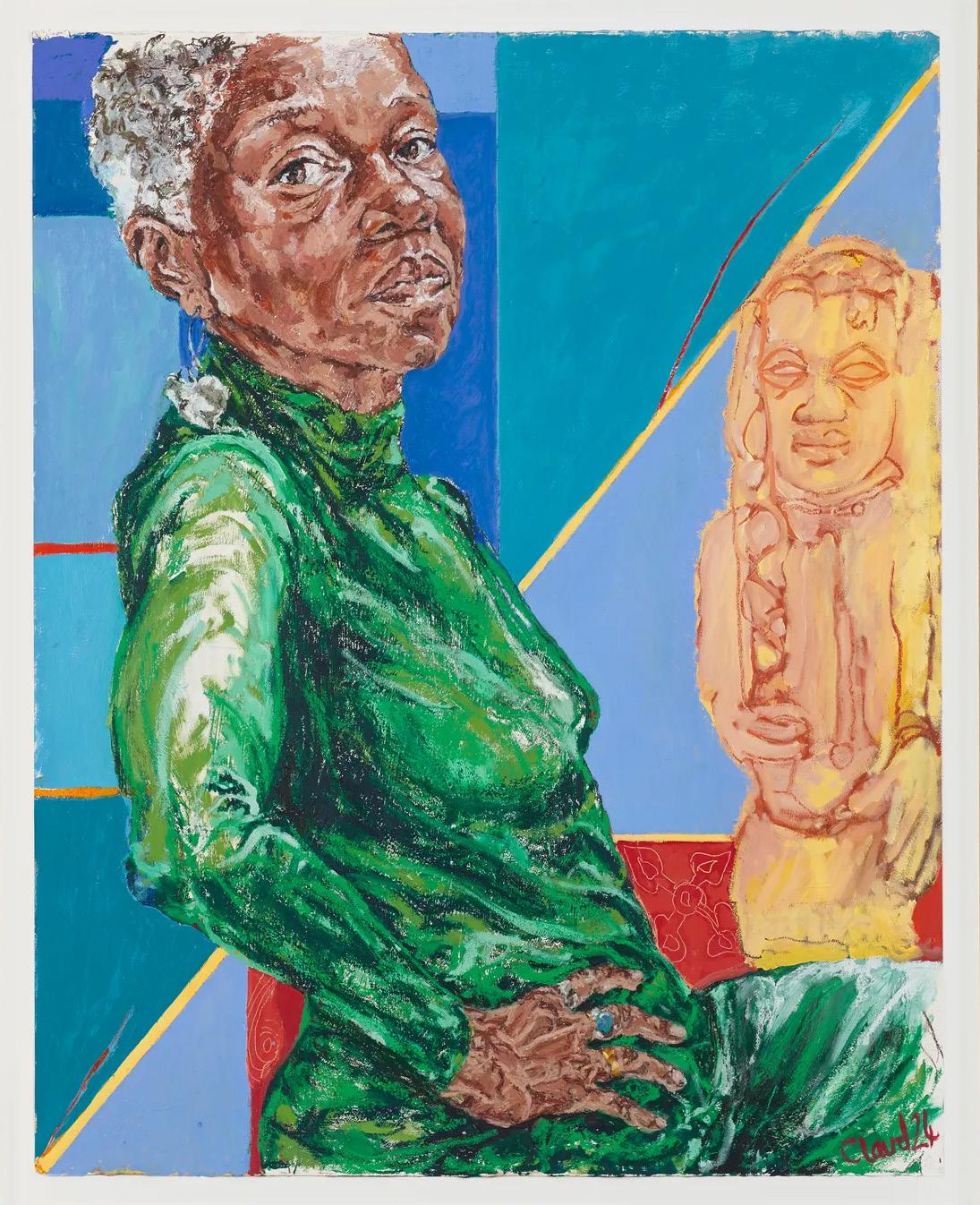
“THE BODY IS A SITE OF POWER.”
A new exhibition exploring the scale, dignity and presence in Claudette Johnson’s iconic portraits.
Southbank Centre, London
Opening July 5 – Runs until September 29
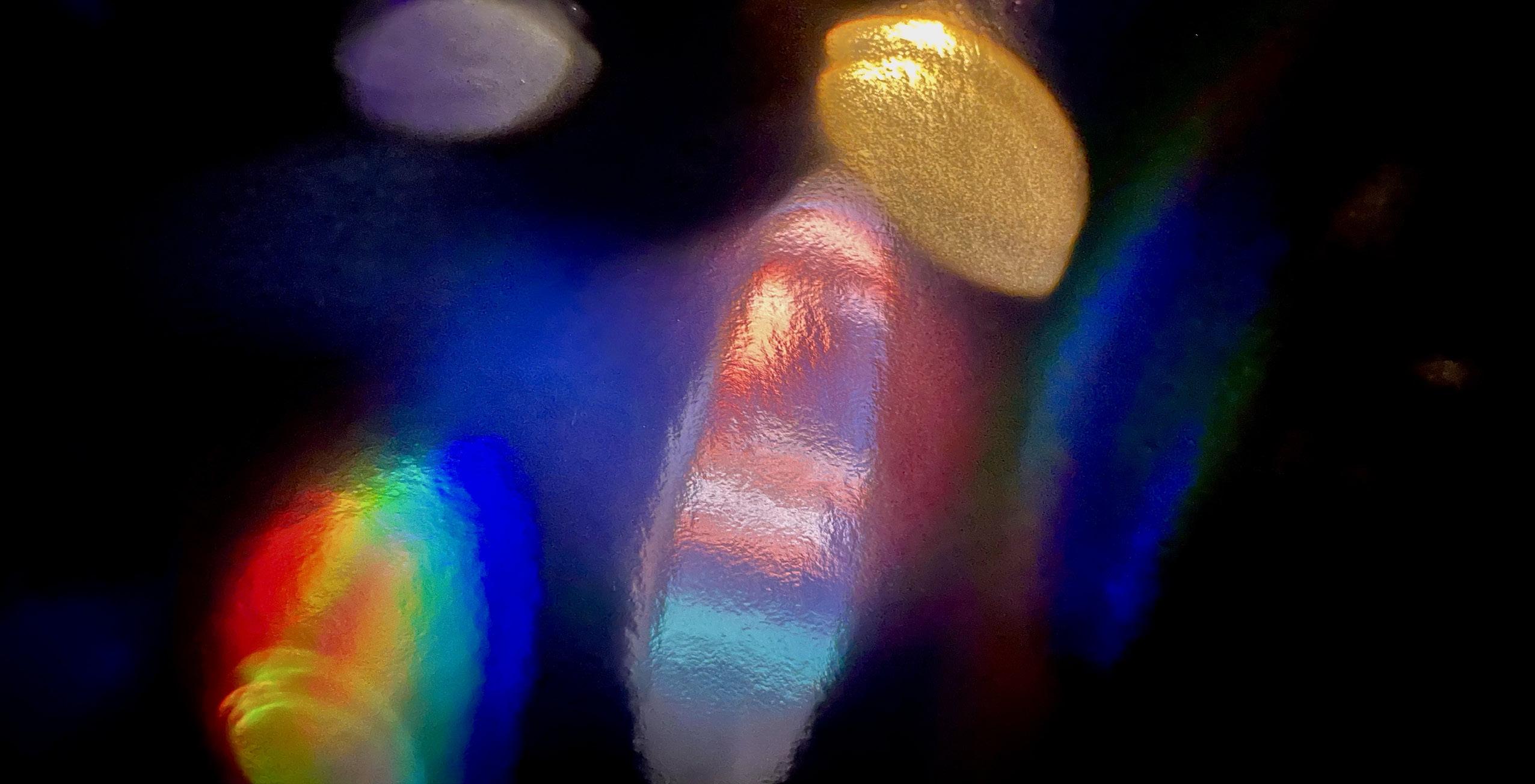
Your Inner Voice Doesn’t Speak English
You know that quiet voice inside you? The one that doesn’t speak in full sentences, but in sensations, gut feelings, flickers of déjà vu, or recurring images in dreams?
That’s your subconscious talking.
Unlike your conscious mind, which analyzes and narrates in words, the subconscious is a non verbal processor.
dream can leave you shaken for hours even if you can’t remember the details.
The subconscious speaks in experiential metaphors, not direct messages.
We decode the visual, emotional, and symbolic language of the subconscious and explore why understanding it could change everything
“The language of the subconscious is emotion and story.”
It communicates through an entirely different language: emotion, metaphor, and symbolic imagery.
Steven Fulmer (a leadership coach and speaker focused on emotional intelligence) explains it simply: It doesn’t respond to logic. It responds to what feels true. That’s why a smell can time travel you back to your childhood, or a
Hervé Boisde (a communication strategist and writer on metaphors and meaning) argues that our inner mind operates in symbols and metaphors because they bypass the linear mind.
They don’t just tell. They evoke.
A metaphor, in this sense, becomes more than a figure of speech, it becomes a direct line to emotional truth. So while your conscious mind may prefer bullet points and calendars, your subconscious writes in poetry.
If the conscious mind is the narrator of your life, the subconscious is the director behind the scenes, calling the shots through mood, memory, and instinct. It shapes your decisions long before logic arrives at the table.
Understanding the language of the subconscious means tuning into the real reasons behind your behavior: why you pull away from someone before they hurt you, why you freeze before making a choice or why you keep seeing the same image in your dreams. These patterns are messages. Emotional stories. Untranslated scripts trying to speak.
In Psychology Today, therapist and author Michael Formica writes that the subconscious is like a hidden control panel. While the conscious mind may feel in charge, it’s actually receiving filtered signals that have already passed through emotional and symbolic layers.
We don’t act on facts, we act on how those facts feel.
This is where graphic design, fashion, and art enter the conversation. These
disciplines often bypass language entirely, speaking straight to the subconscious through color, shape, rhythm, metaphor. A red dress can say “power” without a single word. A spiral can feel like confusion, or eternity, or both. A typeface can whisper or scream, depending on how it curves.
If we learn to understand this inner language, we don’t just decode our dreams. We design better. Communicate clearer. Feel more deeply. Because behind every symbol is a story, and behind every story is a truth we’ve been waiting to feel.
You can’t “read” the subconscious like a book. You have to feel it like a mood. It doesn’t speak in words, it speaks in symbols, sensations, slips, and dreams. So learning its language is less about studying and more about remembering how to listen.
According to Naturalanguages, the way we acquire any language is through subconscious absorption, not conscious memorization. We learn by immersion, by feeling our way through tone, context, rhythm. The same applies here. You start
to understand your subconscious when you stop forcing logic and start noticing patterns. Think of it like this:
That color you keep choosing? It means something. That recurring dream? It’s a metaphor you haven’t translated yet.
The emotion you felt before you said “I’m fine”? That was your truth speaking first.
To learn this language, you don’t need a textbook, you need curiosity and softness. Track your dreams. Observe your reactions. Pay attention to what symbols you’re drawn to again and again.
Let your design choices be intuitive, not just strategic. The more you tune in, the louder it gets. Because the subconscious isn’t silent. It’s just speaking in a language you’re finally learning to hear.

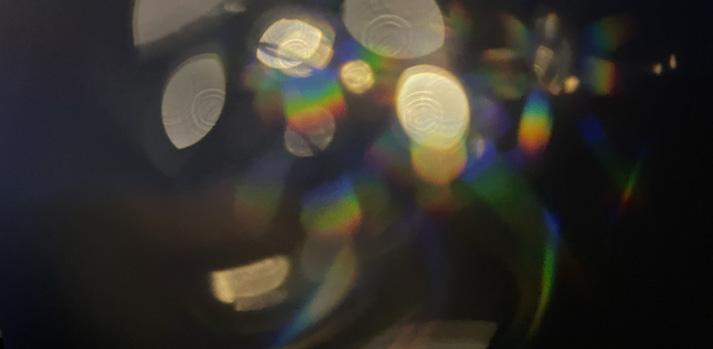


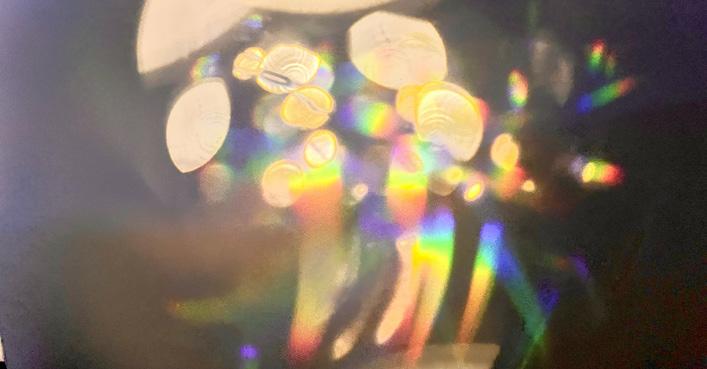
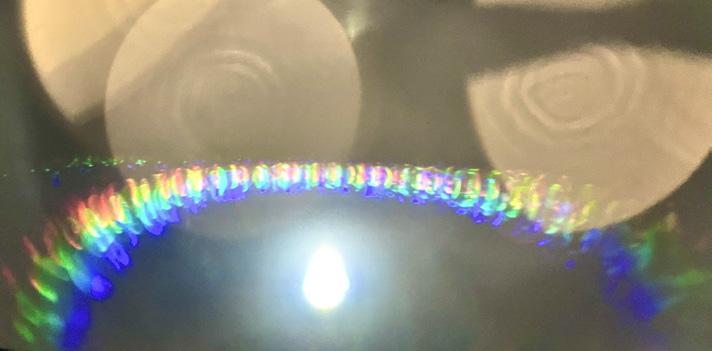
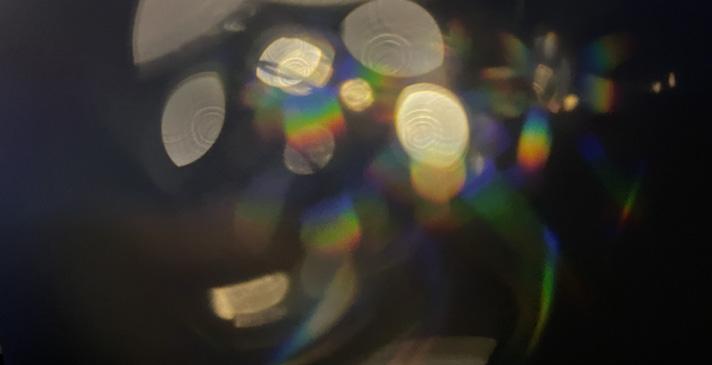
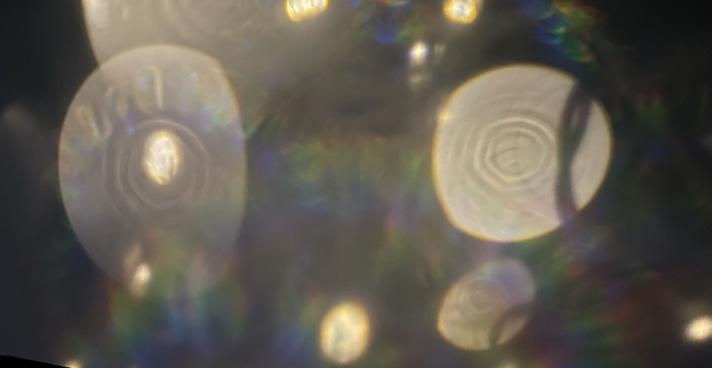
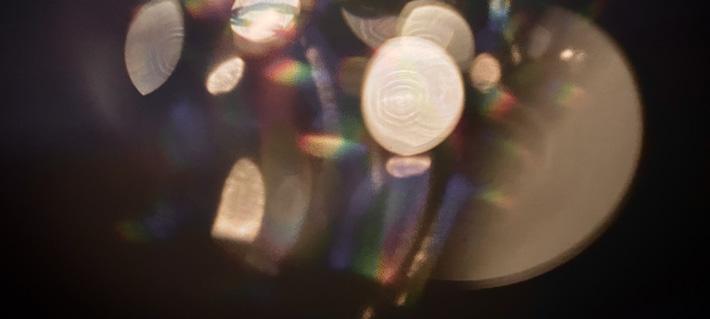
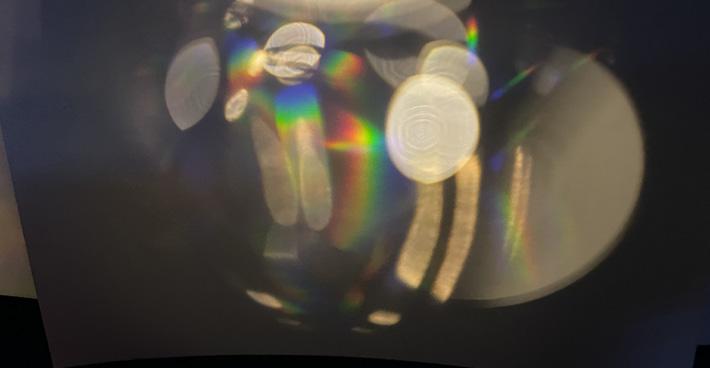
Every emoji, logo, or dream you’ve ever interpreted started somewhere deeper than you think, in the mysterious folds of your brain. Before words, there were images. Before logic, there was meaning. Welcome to your mind’s secret superpower: symbol making. From face recognition to dream codes, your brain is constantly turning reality into metaphor.
Let’s start by learning your a-b-c:
a) Symbols Start with Senses: It begins in your occipital lobe where your eyes meet your brain. There, raw light and shape get turned into visuals. But perception is just step one. To see an apple and know it means “apple” and not just “red circle” your brain mixes past experience, emotion, and context.
Think: memory + feeling = meaning.
b) Your Brain Is a Symbol Generator: Neuroscientists believe that neuronal networks don’t just process data, they create representations. These patterns become “symbols” when they’re stable enough to carry meaning. That’s how you can dream of a wolf and feel fear, even if it’s made of neurons, not fur.
c) How Meaning Gets Emotional: Your limbic system, where emotion, memory, and imagination meet, helps symbols carry punch. That’s why a heart emoji isn’t just a heart. It’s love, heartbreak, or whatever you attach to it. The brain is constantly mixing input + feeling to form personal codes.
“Your mind speaks in symbols. You just need to learn the language.”
● Alphabet imagined by Flirt Studio for Sessùn.
A symbolic visual alphabet reimagines forms as language, each glyph representing a feeling, action, or idea.
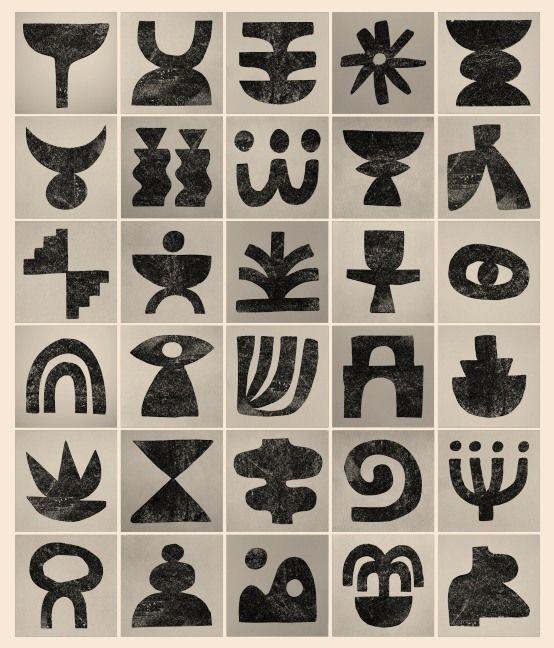
Before you even knew how to speak, your brain was already reading symbols. From a red octagon on the road to a heart drawn in the margins of your notebook, symbols are everywhere quietly guiding, warning, and teaching.
But what is a symbol, really?
In its simplest form, a symbol is just one thing standing in for something else. But unlike a literal image, a symbol is slippery. It doesn’t just mean, it suggests. It leaves space. For mystery. For memory. For meaning that isn’t always logical. A rose doesn’t just say “flower.” In a poem, it might say “love.” In a dream, “desire.” In a nightmare, “danger.” Same shape, new message depending on who’s looking.
Our brains are wired to connect the dots. We build meaning through association. That’s why symbols can leap across languages and still make sense.
They’re the shortcut between emotion and understanding. The visual password to the subconscious. Take the spiral, it’s appeared in ancient carvings, religious icons, dream journals, and graphic logos.
Why? Because it feels like evolution. Like something opening. Unfolding. Becoming.
Some symbols are personal. Some are collective.
A lock might mean privacy to one person, repression to another. Others, like the moon, carry centuries of meaning: cycles, femininity, hidden truths.
Religions are built on symbols. So are love letters. And let’s be honest, so is half your Instagram feed.
The more you notice them, the more they’ll start to appear. In stories. In signs. In yourself. Symbols don’t just communicate.They reveal.
● Line Pattern Designs by Corrie Foreman
A visual rhythm built from repetition, texture, and tension where each form suggests movement, memory or balance.

(Inspired by Lucy Ives’ ‘Are We Dreaming?’)
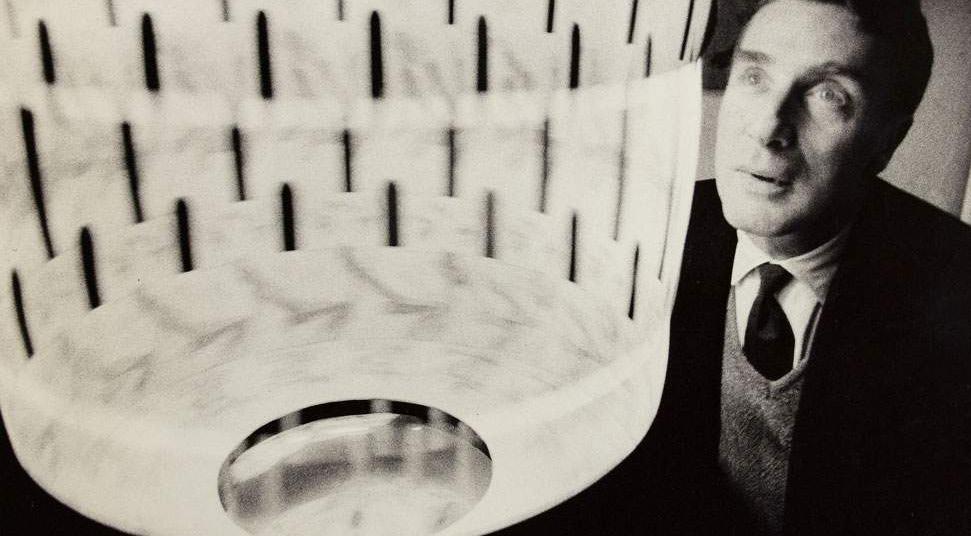
In her 2024 article Are We Dreaming?, published in Tate Etc. (Issue 63), writer Lucy Ives unpacks how the aesthetics and logic of dreaming are bleeding into our waking digital lives. She suggests that as we consume endless image streams - from curated Instagram feeds to algorithmically generated ads - we enter a state of perceptual fog, where time dilates and meaning becomes slippery.
Drawing from philosophical ideas and cultural observation, Ives proposes that we are not just scrolling through content, we are moving through a kind of collective hallucination. The article examines how contemporary image culture mimics the symbolic, nonlinear nature of dreams. Like dreams, these image flows are not rational or linear. They are emotionally loaded, abstract, and fragmented, making it difficult to distinguish what is memory, what is fiction, and what is real.
Ives uses language that reflects this disorientation - writing in loops, metaphors, and
half familiar imagery - almost performing the dreamlike effect she critiques. At one point, she hints that the digital self has become more dreamlike than the dreamer themself: always watching, always performing, always entangled in representations.This aligns with the themes explored in this magazine: the subconscious as a visual language, dream logic as a communication system, and the role of design in navigating those blurred inner/outer states.
Ives’ article doesn’t just raise a question about reality, it frames a cultural condition where the subconscious might be leaking into the everyday through our screens.
“We are always dreaming, even when awake.”
– Lucy Ives (2024)

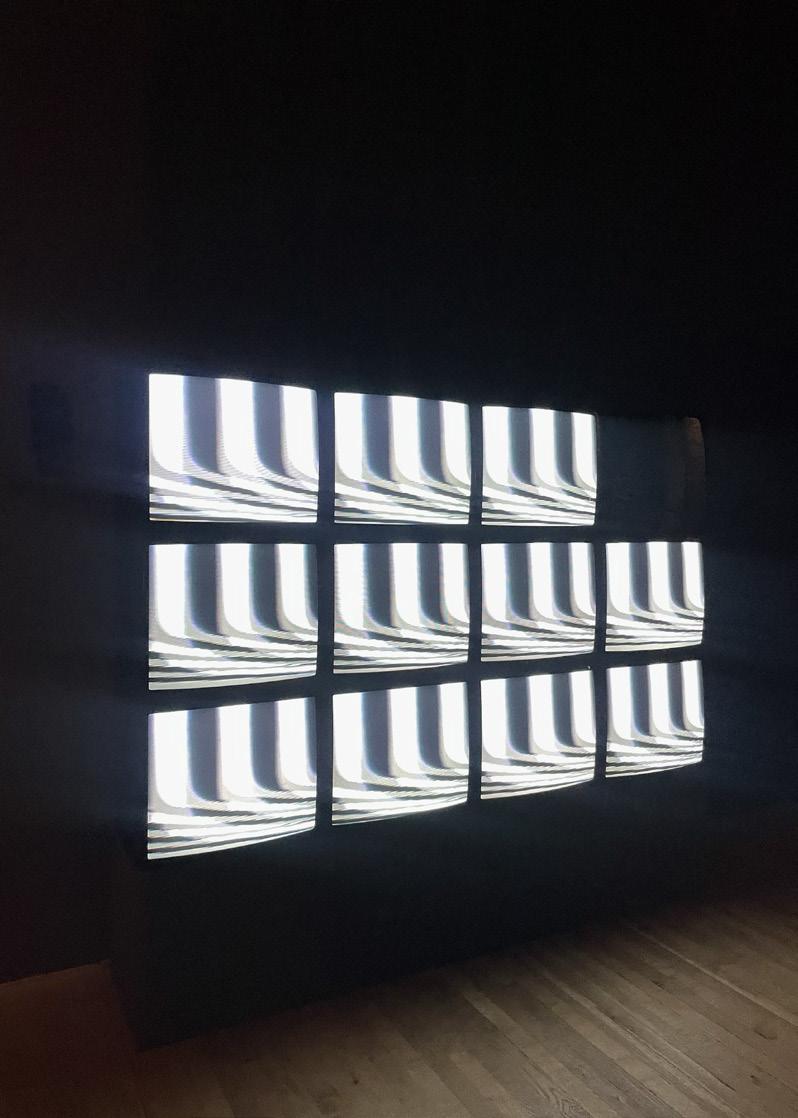
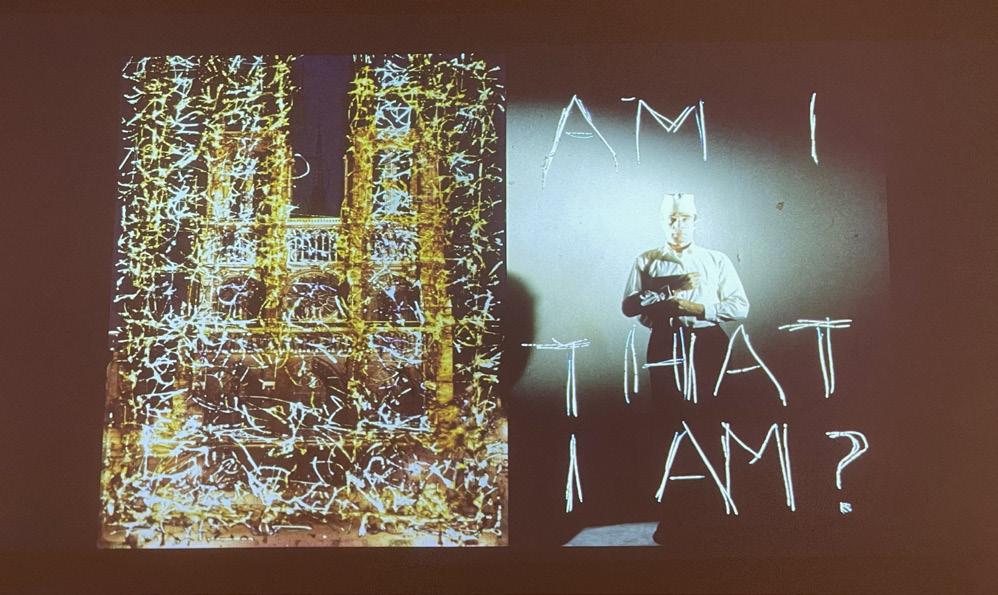
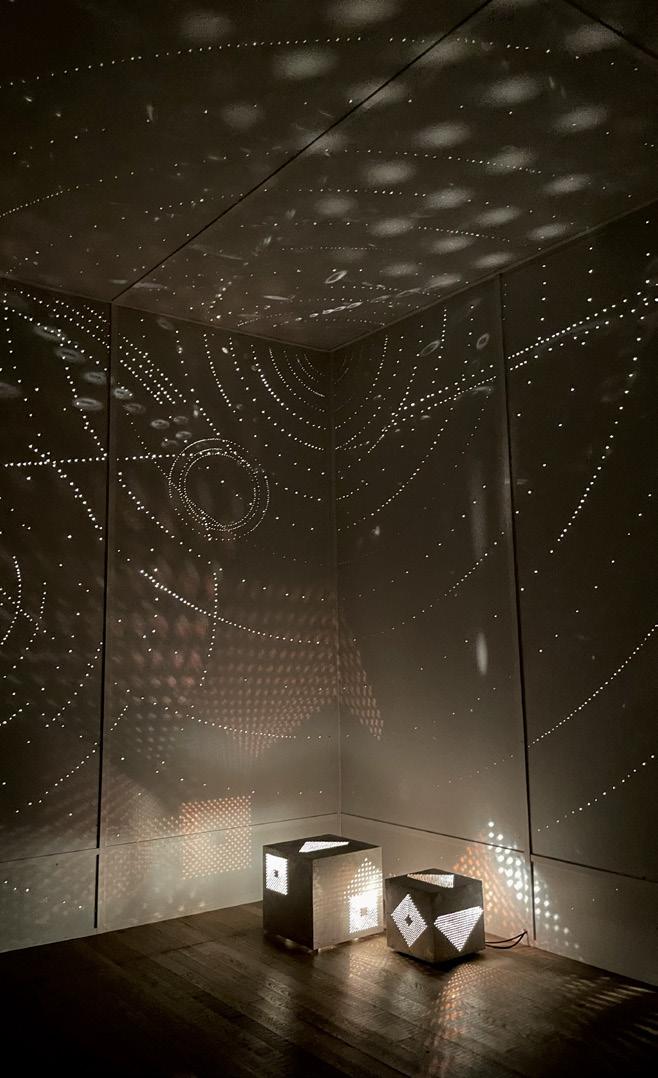

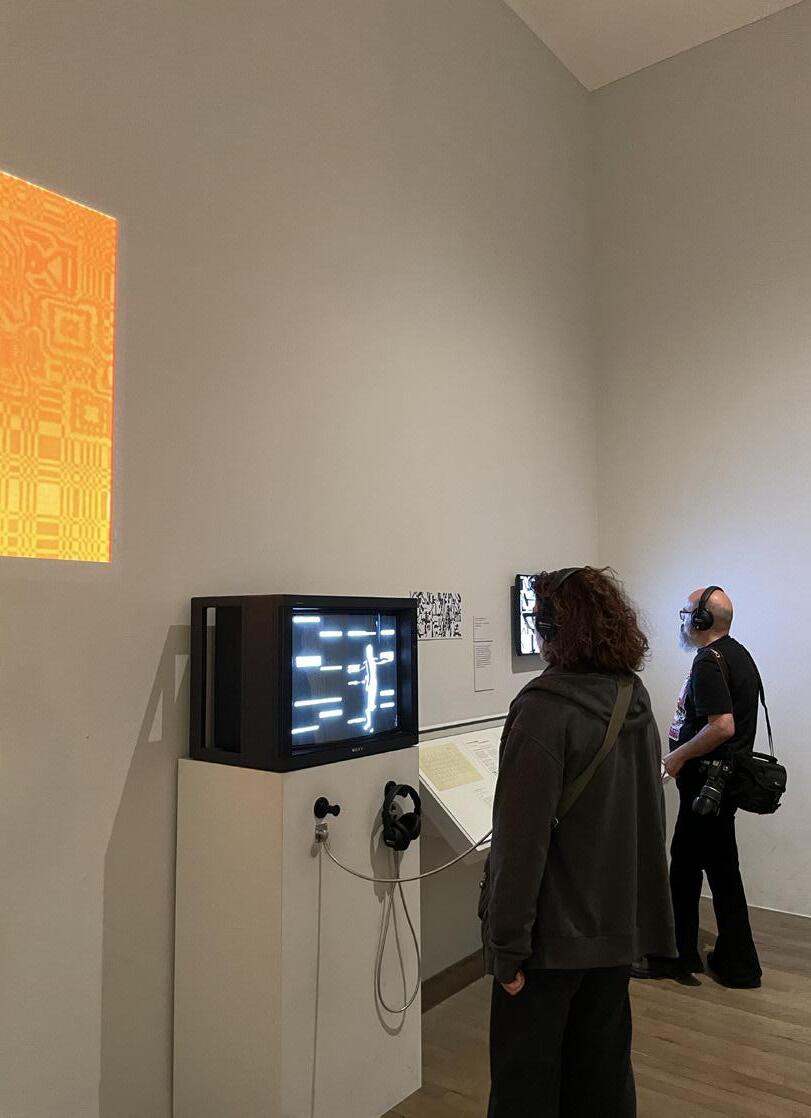
Following Lucy Ives’ reflections on our digitally induced dream states, we visited Electric Dreams at Tate Modern, an exhibition that felt like a vivid extension of her ideas.
We can totally say it was dreamy! The exhibition explores how artists use science, technology, and algorithms to create immersive works that challenge perception and imagine new futures. While it’s rooted in creativity and innovation, it also evokes the hazy, symbolic feel of a dream - pulling you out of the ordinary and into the surreal.
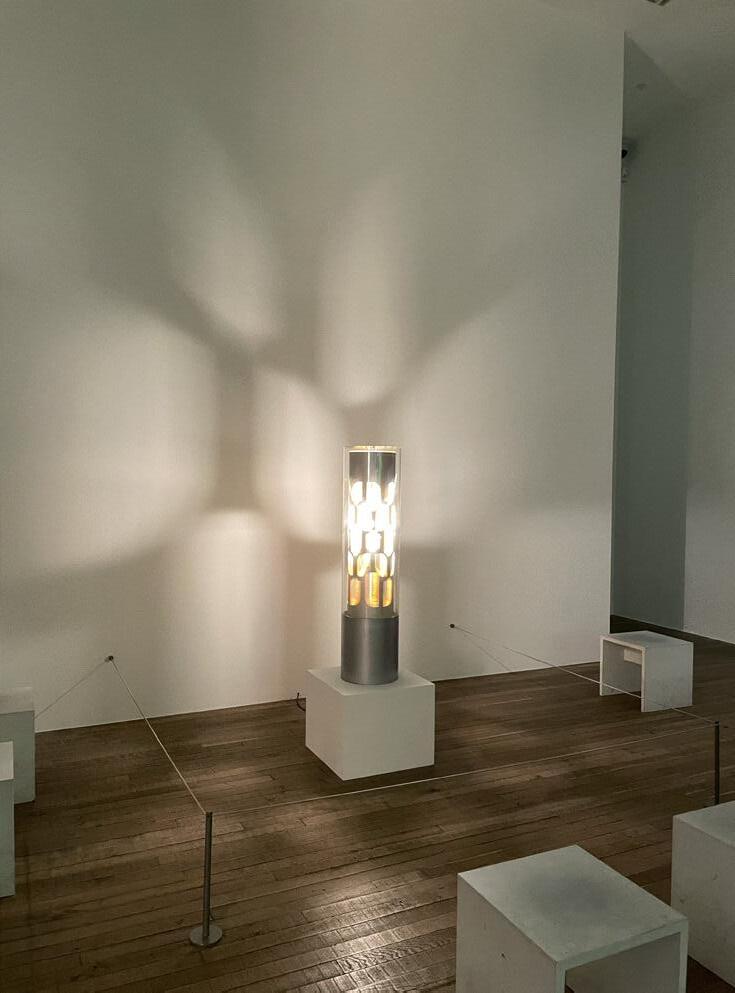





A rainbow of dancing colour
-The Standard
Smart and wacky
-The Telegraph


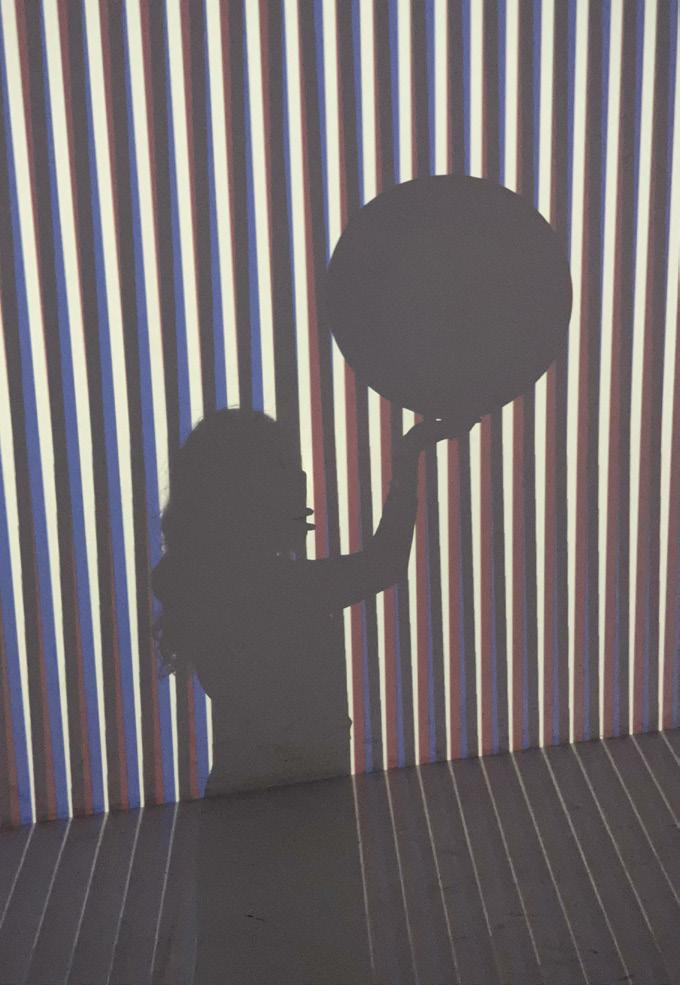
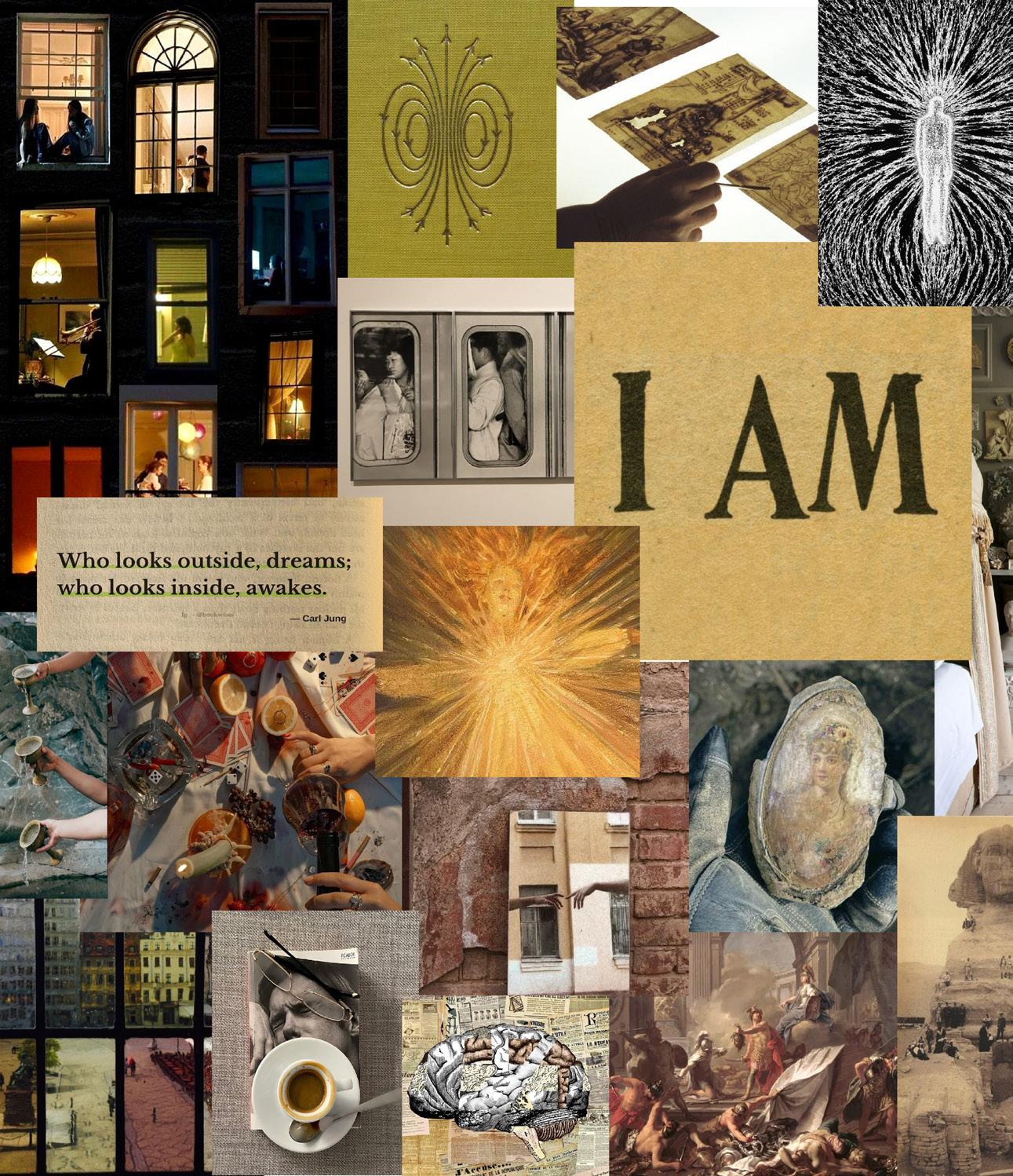

“Dreams are often most profound when they seem the most crazy”
Long before “inner work” became buzzword, Sigmund Freud was already charting the hidden architecture of the mind. A neurologist turned radical thinker, he introduced the idea that beneath our everyday thoughts lies a subconscious world which is emotional, repressed, and wildly symbolic. He decoded dreams not as nonsense, but as encrypted messages. He gave meaning to slips of the tongue, symptoms, fantasies, and desire itself.
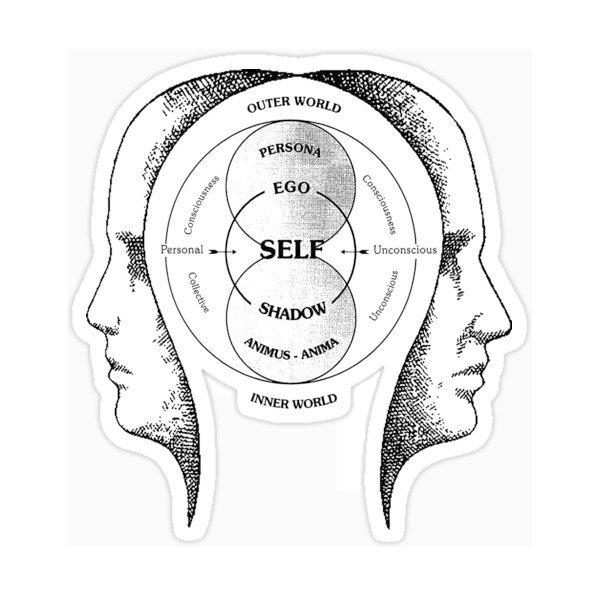

Freud didn’t just study the mind, he framed it like a layered design, where meaning is built through metaphor, censorship, and visual cues. Today, his theories remain controversial, seductive and deeply influential especially for artists, designers and writers seeking to make the invisible visible. To understand Freud is to ask: What am I not saying out loud and how is it already leaking through my work?
You only see the tip. Freud imagined the mind as an iceberg with the conscious mind floating above the surface and everything deeper, messier, and more emotional hidden beneath. Most of what drives you, your desires, fears, patterns lives in that submerged space.
It’s not gone. It’s just edited out of awareness. That moment you froze, flinched or dreamed something weird? That was the unconscious showing up uninvited, but never irrelevant. To Freud, knowing yourself meant diving under the surface. Because what’s hidden isn’t silent. It’s just buried.

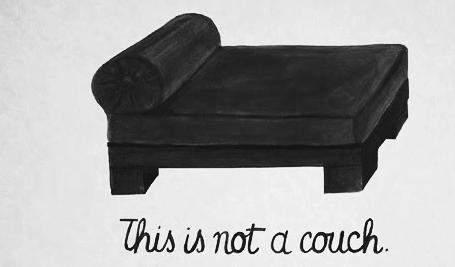
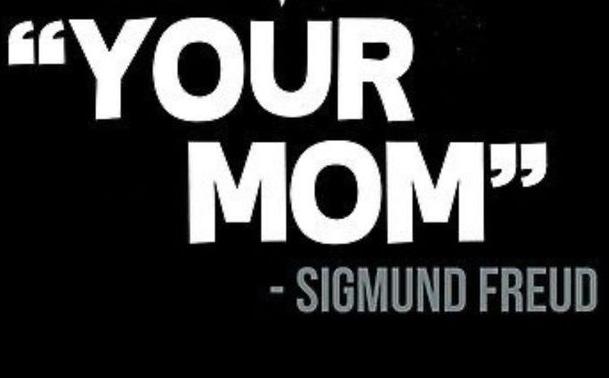

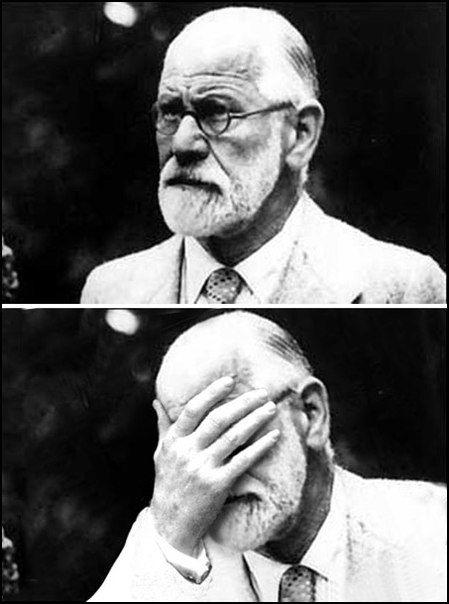

According to Freud, your mind has three voices:
id: the child > wants what it wants, now. superego: the parent > full of rules and guilt. ego: the adult > negotiator between desire and reality.
Most of the time? They’re arguing inside you.
Example: You want to text your ex at 3 a.m.
Your id says: “Do it. You miss him.”
Your superego says: “Absolutely not. That’s weak.”
Your ego says: “Let’s see how we feel tomorrow.”
Welcome to the war inside your head...
Your dreams aren’t random.
Freud believed they were messages disguised as metaphors - symbols, distortions, strange edits hiding real desires. A locked door might mean repressed fear. A train might signal a missed opportunity. Falling could mean you’re losing control. He called dreams “the royal road to the unconscious” because when we sleep, the mind speaks freely, without censorship. But it never speaks clearly. It codes.
To Freud, interpreting dreams wasn’t about magic. It was about learning a visual language, one full of emotion, tension, and wishful thinking. What’s yours trying to say?
Freud didn’t sugarcoat it. He believed that desire (especially sexual desire) was the raw energy driving most of our thoughts and behaviors. Even when we think we’ve buried it.
But here’s the twist: the mind doesn’t just repress. It edits. Desire doesn’t disappear, it shows up disguised. In jokes. In art. In dreams. In that word you “accidentally” said. He called this ‘censorship’. A built in filter that keeps forbidden feelings out of awareness, but not out of life. Designers, artists, writers, we don’t escape this. We just sublimate it. We turn tension into beauty. We turn what we can’t say into what we create.
In summary, book that therapy session...

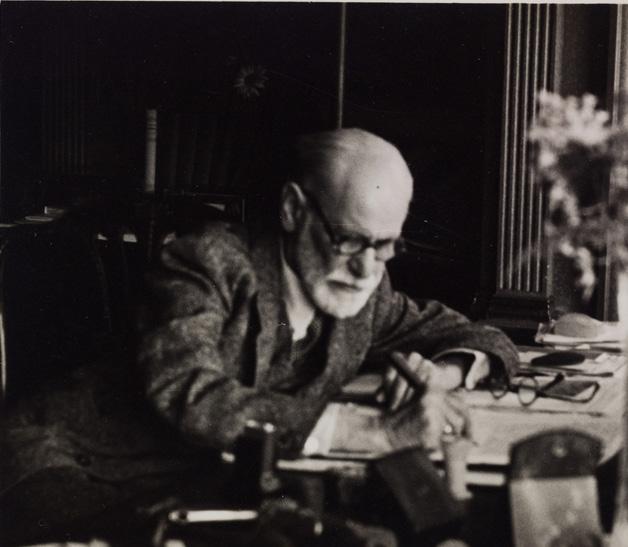
A Hidden Gem in London
If you’re in London, we highly recommend visiting the Freud Museum in Hampstead, the former home of Sigmund Freud himself. Walking through the study room where he wrote and practiced, and seeing the famous couch in real life, adds a whole new layer to understanding his world.
Whether you’re into psychology, design, or just curious minds, it’s a quiet, fascinating place to reflect on the unconscious and on your own.
(We went. We loved it. You probably will too.)

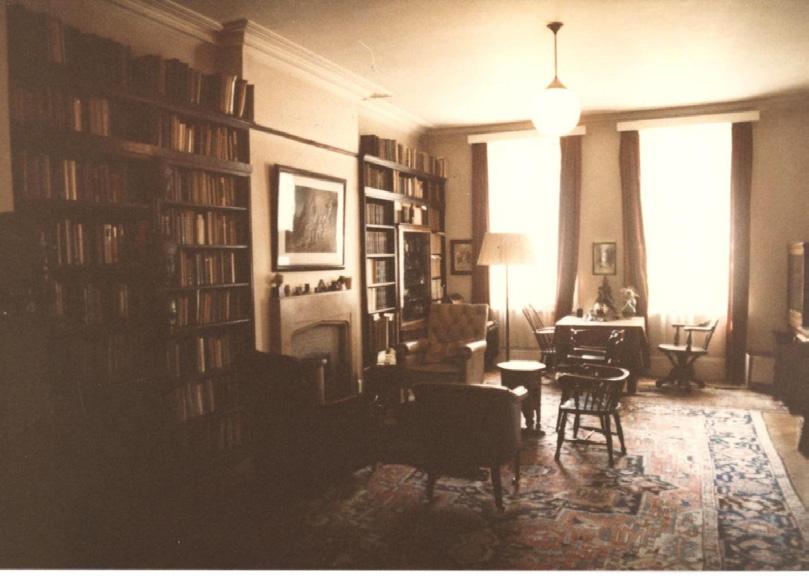
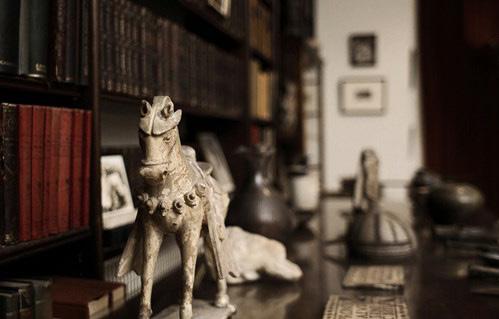
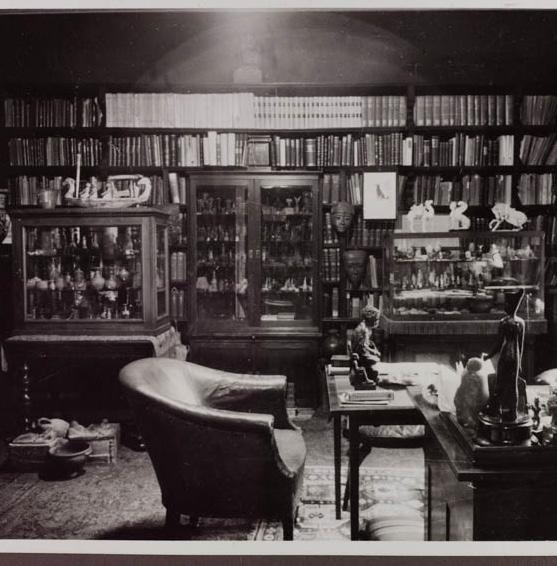
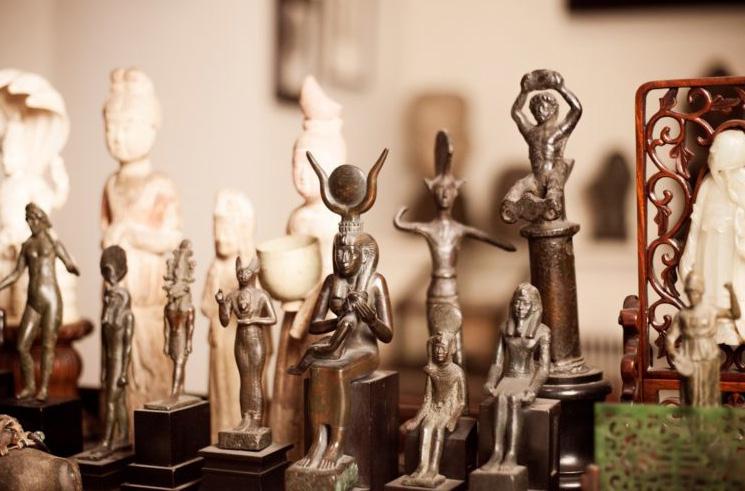


What happens when our inner chaos meets collective order?
Freud taught us that we repress our wildest thoughts to survive in society. But what kind of society are we surviving in and who decides its rules?
French philosopher Jean Jacques Rousseau asked a simple but radical question: What do we give up when we live together?
In The Social Contract (1762), he argued that individuals willingly surrender some freedoms to gain collective protection not from a king, but from each other. It’s a deal: less chaos, more structure. But at what cost?
We repress instinct (Freud), follow laws (Rousseau), and learn to behave. But creativity often lives right where these tensions crack. As artists, we ask: are we obeying society, or are we reshaping it? When do rules inspire, and when do they suffocate?
Read This If...
You’ve ever questioned why we act the way we do, or how societies should function:
The Social Contract by Jean Jacques Rousseau
Available in short editions, graphic versions, and beautiful hardcovers, don’t be scared by the date. It’s timeless.
(You might not agree with him. But you won’t forget him.)
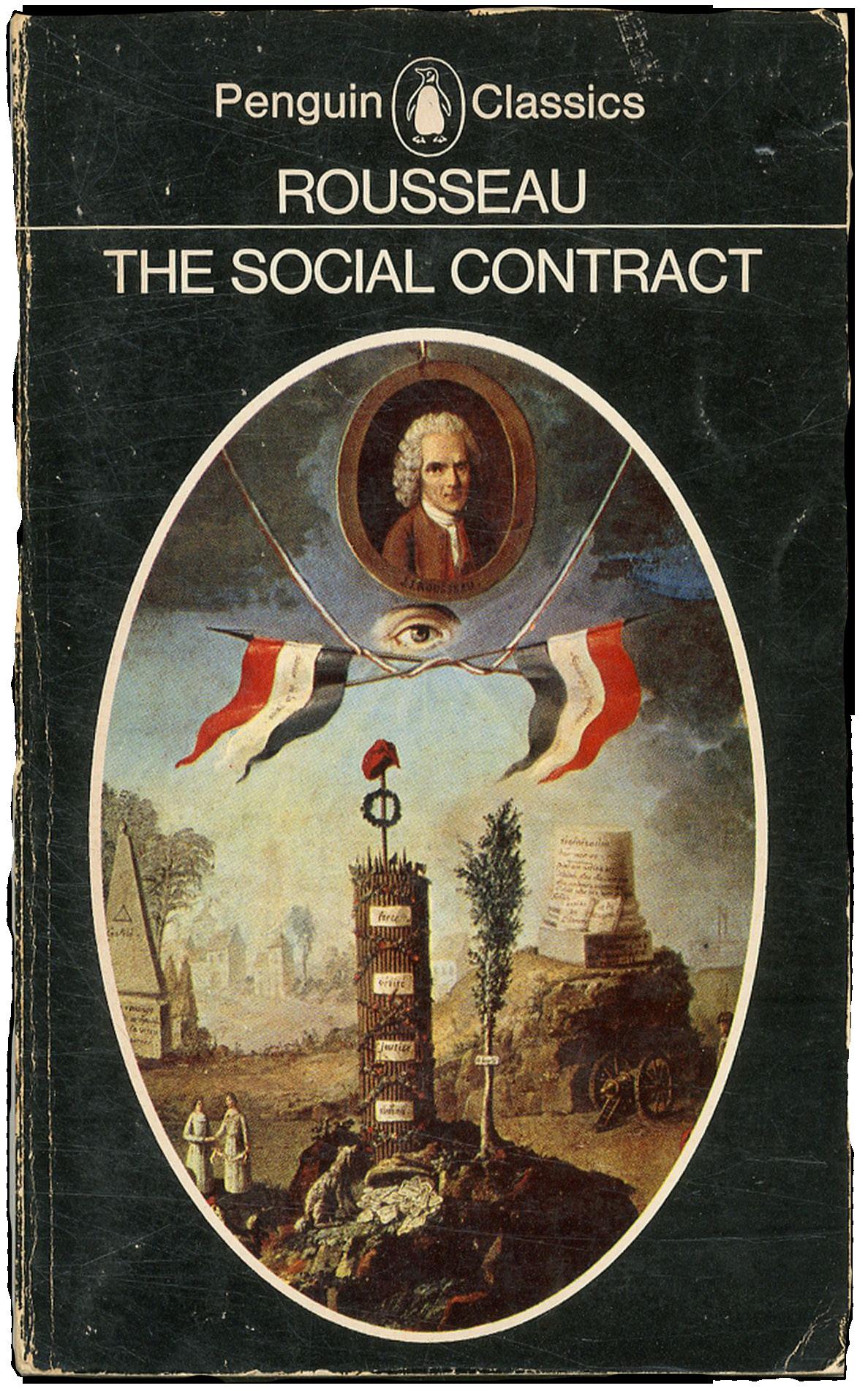
“Who looks outside, dreams; who looks inside, awakes.”
He believed your dreams know more about you than your conscious mind ever will.
Carl Jung was one of the most symbolic thinkers in modern psychology. Unlike Freud, he believed the mind isn’t just a container for repressed desires, it’s a creative, mythic spaceshaped by personal and collective memories. He saw the unconscious not only as a place of trauma, but as a source of transformation, imagination, and inner wisdom.
note: Jung’s ideas go far beyond dream interpretation, they show up in films, fashion, branding, astrology, even your Instagram feed.
The mask you wear to face the world.
Your inner feminine or masculine energy. Anima/Animus
Shadow
The parts of you that you reject, repress or hide.
Your full, integrated self, the ‘whole’ you are becoming.
Jung believed these weren’t just psychological roles, but universal characters we all carry inside. They appear in dreams, myths, stories and sometimes in advertisements or movie scripts.

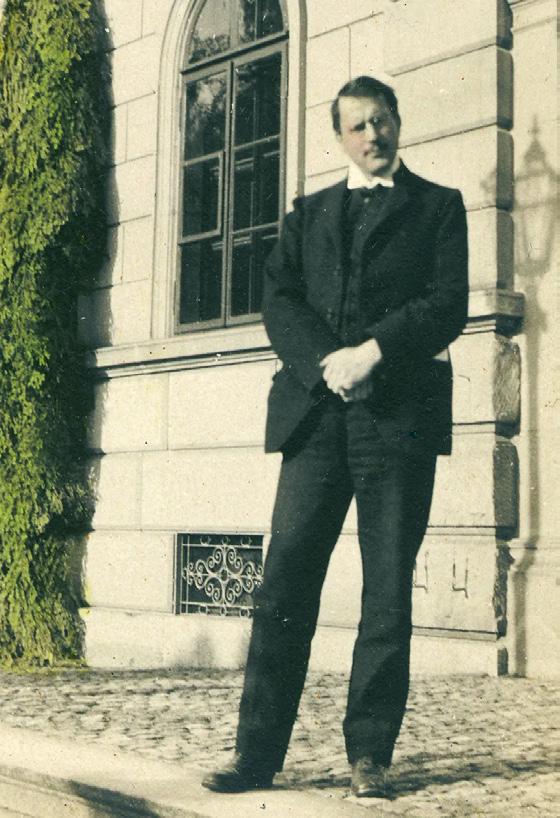
Your Dream Last Night? It Wasn’t Random.
Jung believed dreams aren’t meant to be decoded like puzzles, they are symbolic messages from the unconscious. A lion could mean power, rage, or your own shadow. A house might be your psyche.
Dreams are personal, but they also connect us to something unive rsal. Jung saw them as maps from the unconscious, guiding us, if we listen.
He’s in Your Horoscope, Your Tarot Deck, Your Mood Board”
- Jung’s ideas are used in modern therapy (like inner child or shadow work).
- Archetypes are used in branding, storytelling, UX and fashion, and even in the Sex and The City series.
- Tarot card figures overlap with Jungian archetypes.
- Astrology symbols reflect the same collective patterns Jung explored.
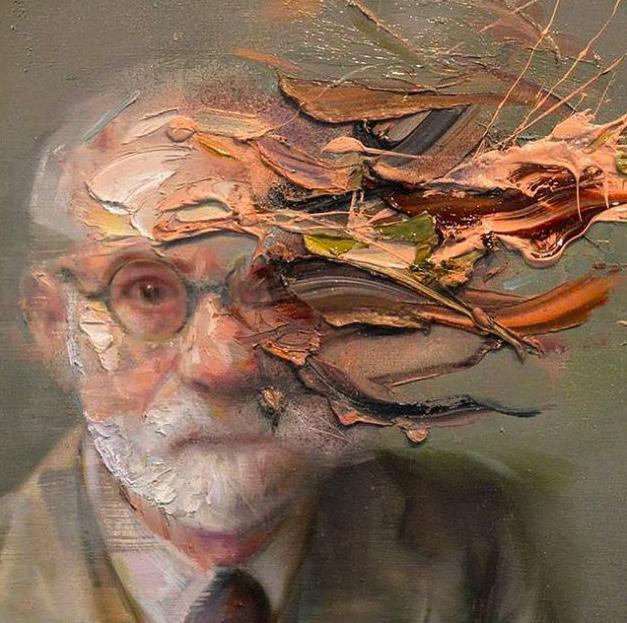
You can even ask ChatGPT to interpret your dream according to Jung. Just use this prompt:
“Can you interpret my dream using Jungian archetypes and symbolism? Here’s what I dreamed…”


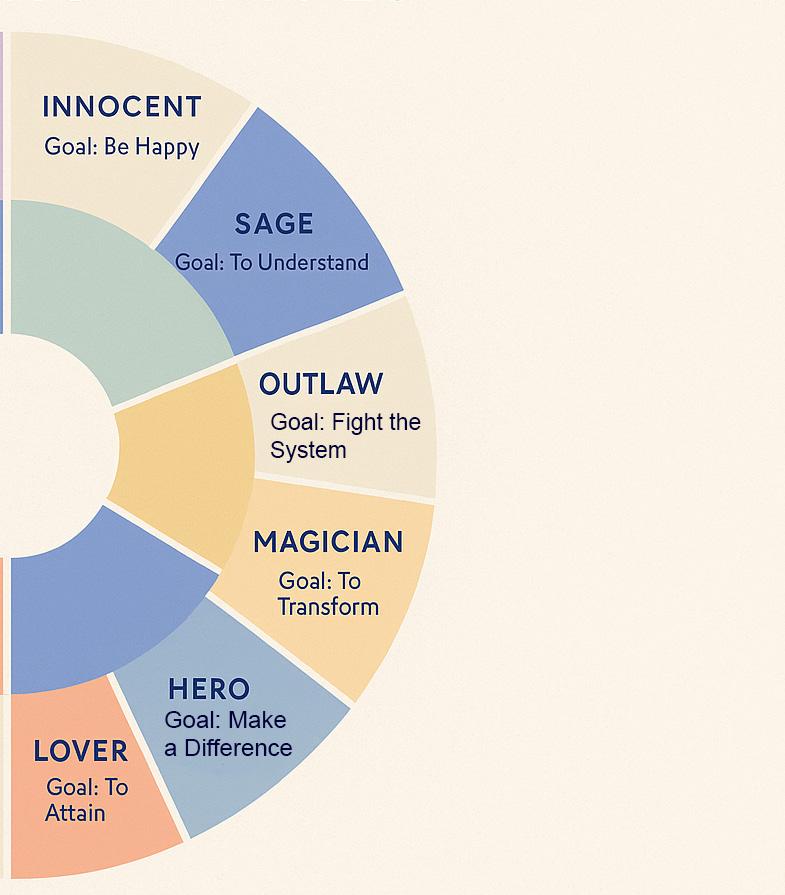
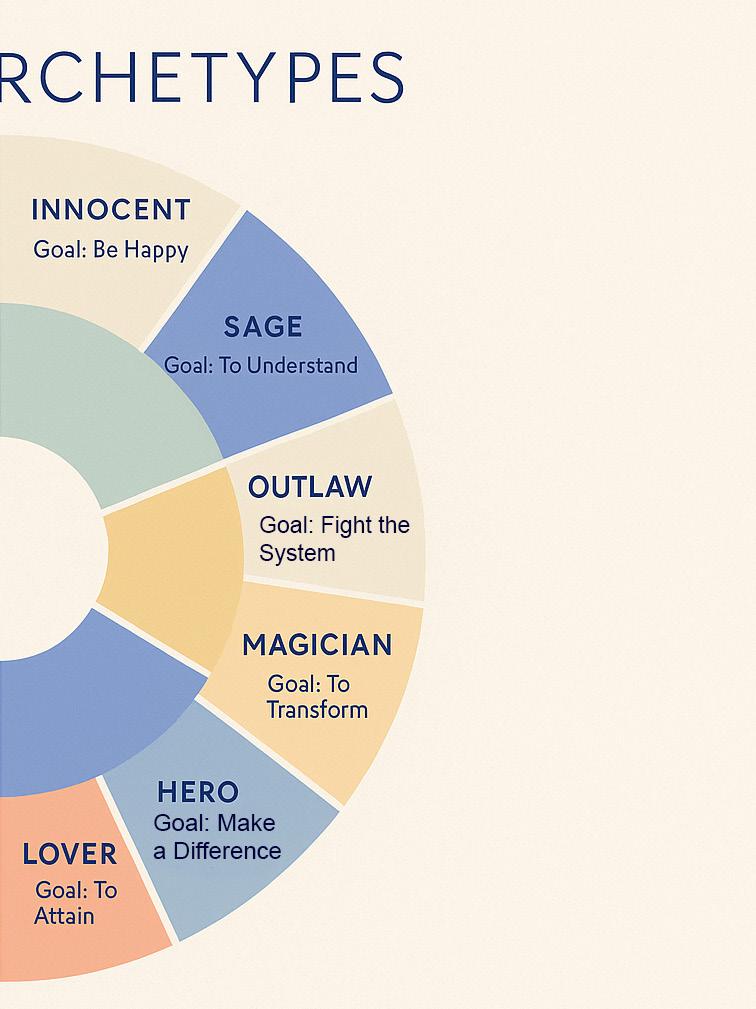
Some say it’s just your brain sorting memories. Others say it’s your soul exploring other planes. Welcome to the mysterious space between REM sleep and astral projection.
REM: The Theatre of the Mind
Let’s start with what we do know. REM short for Rapid Eye Movement is the stage of sleep where your brain lights up like Times Square but your body goes completely still.
“During REM sleep, the brain is almost as active as when we’re awake yet our body remains paralyzed.”
— New Scientist
This is when your most vivid, emotional and downright strange dreams unfold. It’s where memory meets metaphor and trauma, creativity, and subconscious stories all take the stage.
Fun Fact: Most of your dreams that feel like movies? Yeah, they’re born here.
“REM isn’t rest, it’s rehearsal.”
And now, let’s float a little further:
Astral projection is the belief that your consciousness can leave your body and travel to other places, other dimensions, even other realms. From ancient spiritual texts to TikTok threads, people are still sharing stories of out of body experiences that happen while they sleep.
“Astral
projection is described as a conscious out of body experience, a journey of the soul while the body sleeps.” — Dreams.co.uk
We searched for you and discovered that although science hasn’t proven it, many believe it’s a practiced skill one that lives somewhere between lucid dreaming and spiritual travel.

Controlled by Experience
Body State
TOP TIP:
REM Sleep
Brainwaves + subconscious
Symbolic, emotional dreams
Paralysis, rapid eye movement (REM)
Want to explore more? Try keeping a dream journal!
Astral Projection
Supposed spiritual energy
Lucid, conscious journeys
Claimed to occur during deep sleep
Because falling asleep should feel like slipping into something sacred. Here are the small tools and touches we swear by.

1Dream Elixir
A soothing blend of botanicals designed to relax your body, restore your sleep, and guide you gently into dream filled nights.
- animamundiherbals.com

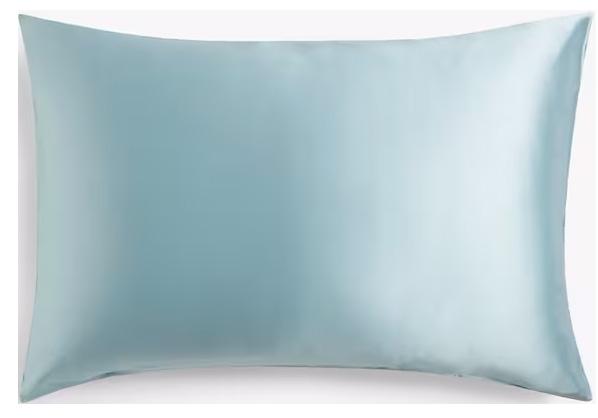
4Mulberry Silk Pillowcase
Cool to the touch, soft on your skin for smoother mornings and silkier dreams.
- johnlewis.com


2Cocon de Sérénité
Pillow Mist
A calming lavender and geranium mist that turns your pillow into a peaceful cloud.
- uk.loccitane.com

3Slip® Midsummer Silk Scrunchies
Tie your hair without the damage. These silk scrunchies protect while you sleep (and look cute doing it).
- slipsilkpillowcase.co.uk
“Sleep is the best meditation.” — Dalai Lama spiritual leader
5The Midnight Library
A comforting bedtime read, like a warm hug for the overthinkers, quiet, hopeful, and impossible to put down.
- A Book by Matt Haig

6The Five Minutes Journal
A mindful bedtime ritual to release your thoughts, reflect gently, and makes space for better dreams.
- intelligentchallenge.com
Susan Hiller (1940–2019) was a British-American artist known for blending conceptual art with psychology, feminism, and anthropology. She often worked with themes that existed on the marginsdreams, memory, the supernatural - and turned them into poetic investigations.
Hiller saw dreams not just as personal experiences but as collective cultural evidence. Trained in anthropology before turning to art, she approached dreaming with a researcher’s eye and an artist’s instinct, treating the unconscious as a space where language, memory and myth overlap.
In her work, dreams were not random or private. They were social phenomena, shaped by the world around us and shared across time. Through installations, writings, and sound pieces, Hiller explored how the symbolic language of
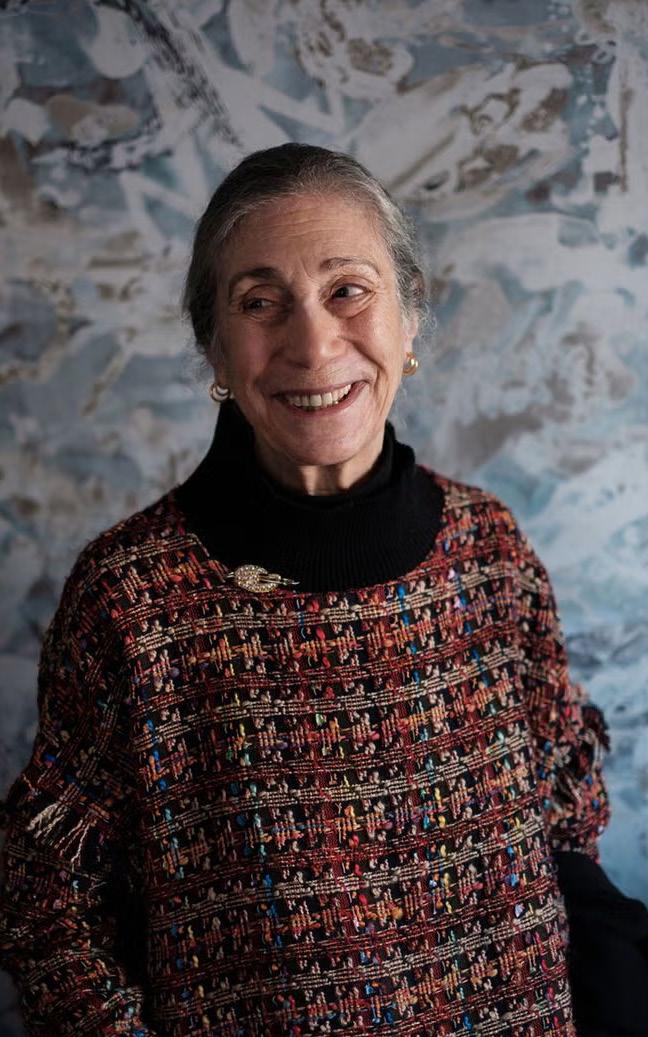
dreams reveals patterns within collective memory. Her artistic process often mimicked archival methods: collecting and documenting. But instead of facts she archived fragments of the unseen stories whispered in sleep.

By doing so, she invited viewers to see dreaming as something more than inner noise: a subconscious conversation, still waiting to be decoded.
One of Susan Hiller’s most conceptually rich works, Dream Mapping (1973), explored the dream world not as a private diary, but as shared symbolic terrain. In this early participatory piece, seven volunteers slept inside natural “fairy rings” in a remote English field, recording their dreams each morning. Hiller then layered the dreams to produce composite
maps, visualizing how individual subconscious narratives intersect and echo across people.
The work challenged the idea that dreams are solitary experiences. Instead, Hiller treated them as collective cultural material, shaped by environment, myth, memory. These maps weren’t scientific. They were psychic landscapes, hinting at what Carl Jung might call the collective unconscious: a shared symbolic reservoir beneath waking life.
In documenting these nocturnal visions, Hiller positioned the dream as a valid form of knowledge. She wasn’t just collecting stories she was tracing symbolic patterns across minds, asking what our dreams reveal when we stop treating them as random. In this way, Dream Mapping becomes both artwork and archive, and the subconscious becomes a site of shared human language.
Across her wider body of work, Hiller remained fascinated by the invisible. In Dream Screens (1996), she created hypnotic projections using dream sequences from black and white Hollywood films, recontextualizing fragments of fantasy into quiet psychological landscapes. Her installation Homage to Marcel Duchamp: Auras (2008) played with the visual language of aura photography, exploring the
blurred line between pseudoscience and belief. By referencing Duchamp, she both honored and subverted conceptual art history, turning ephemeral energy into visual evidence.
For Hiller, dreams, auras and forgotten voices weren’t fringe topics. They were clues to the self, to society, to something we’re still learning how to see.
Looking for more dream decoding?
This book “The Dream and the Word” by Susan Hiller dives into how we try (and fail) to put dreams into words.
It’s part poetry, part archive, part mind trip.Through fragments, images, and texts, Hiller explores how dreams speak in symbols and why that matters. Think Jung meets conceptual art. A must read if you’ve ever woken up thinking: What was that even about?
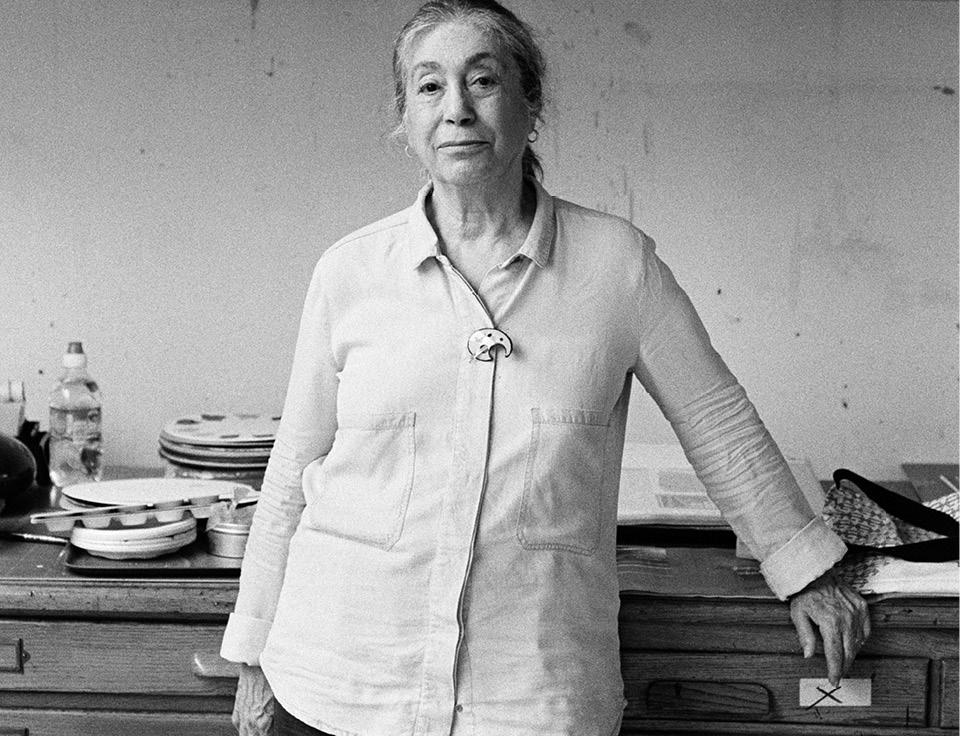

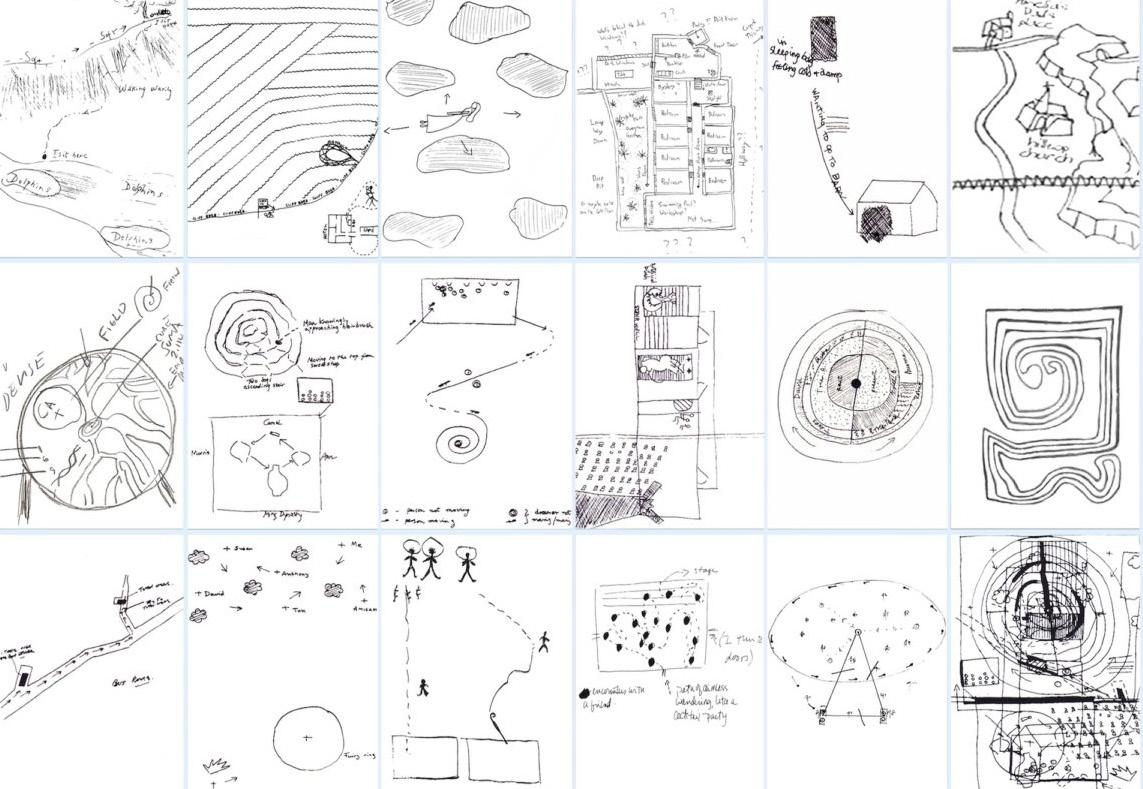

Through deeply personal symbols, Louise Bourgeois transformed trauma, memory, and the maternal into a universal visual language of the subconscious.
Louise Bourgeois was one of the most influential contemporary artists of the 20th century, masterfully exploring the subconscious, femininity, and trauma through sculpture, drawing, and installation.
Her art draws deeply from personal trauma and the depths of the subconscious. One of her most iconic works, the towering spider sculpture Maman, symbolizes the
maternal archetype. Bourgeois viewed the spider as a patient, meticulous, and protective figure. It was a tribute to her mother, who worked as a tapestry restorer. She often likened the spider’s web weaving to her mother’s delicate stitching, creating an intimate parallel between memory and form.
Bourgeois’s childhood was marked by emotional upheaval, particularly her father’s infidelities and the silent tensions within her household. These early experiences became central themes in her work.
Her sculptures act almost like psychological case studies, not of others, but of herself.Maman does not simply represent nurturing. It embodies the complex duality of motherhood, a source of life and protection that can also feel overwhelming or even threatening.
The spider’s large, looming structure contrasts with the fragility of the eggs beneath her, inviting viewers to confront the tangled emotions of maternal relationships.
Louise Bourgeois’s work transcends personal biography to speak to universal psychological truths. Her sculptures give shape to feelings that often go unspoken, such as fear, memory, pain, and intimacy. Through her use of organic forms, repeated motifs, and unsettling scale, she opens up a visual language of the psyche.
Her artistic practice, deeply rooted in psychoanalysis and emotional introspection, invites the viewer not only to see but to feel. With each piece, Bourgeois reminds us that confronting the subconscious is not just a solitary act.
It’s a shared human experience.
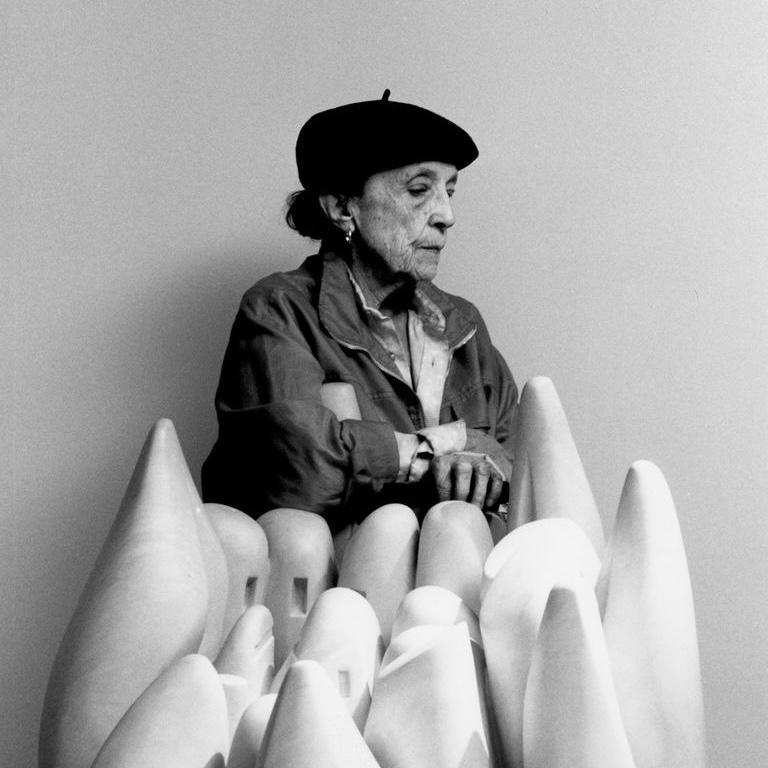
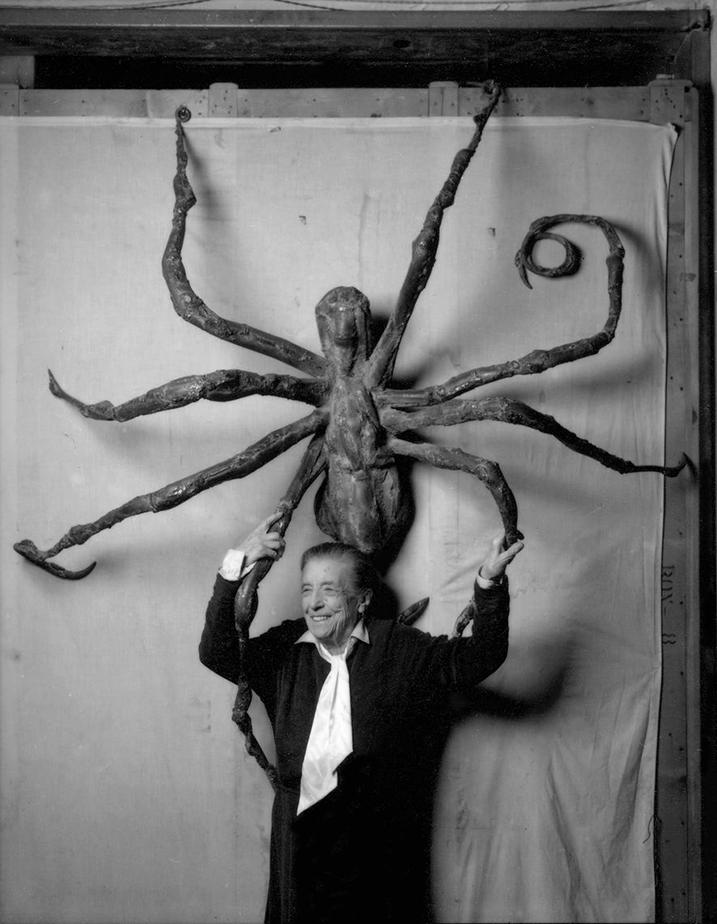
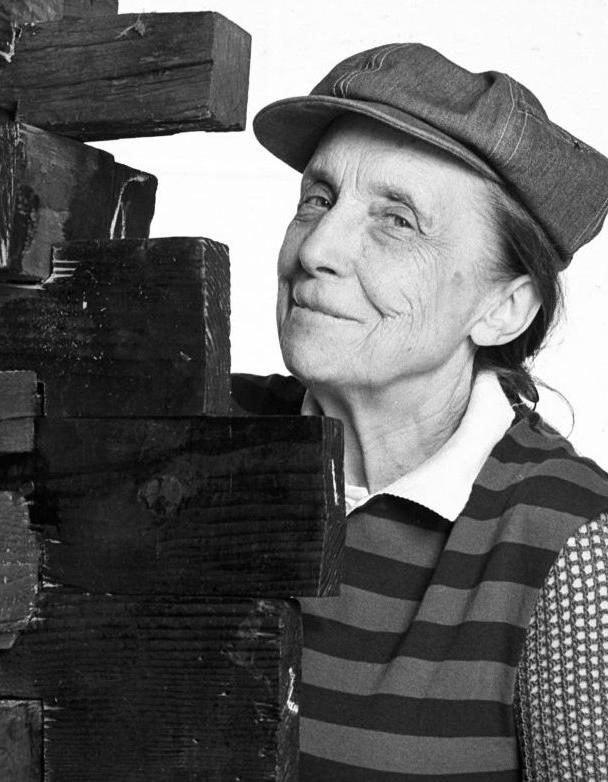
1. Her work wasn’t recognized early. She gained major recognition later in life.
Although Louise Bourgeois began creating art in the 1930s, she didn’t receive widespread acclaim until much later. Her major retrospective at MoMA in 1982 was the first ever for a female artist at the museum. This late recognition became a symbol of resilience and the long overdue visibility of women in art history.
2. She used unconventional materials to mirror psychological states.
Bourgeois didn’t just work with marble or bronze. Her pieces often included fabric, latex, rubber, or even her own clothes. These soft, intimate materials evoked memory, the body, and vulnerability, challenging traditional ideas of sculpture. 3. Language was part of her visual language.
She frequently embedded handwritten words and phrases into her work. Repetitive, poetic, and cryptic, they mirrored the looping and unresolved nature of trauma and obsession.
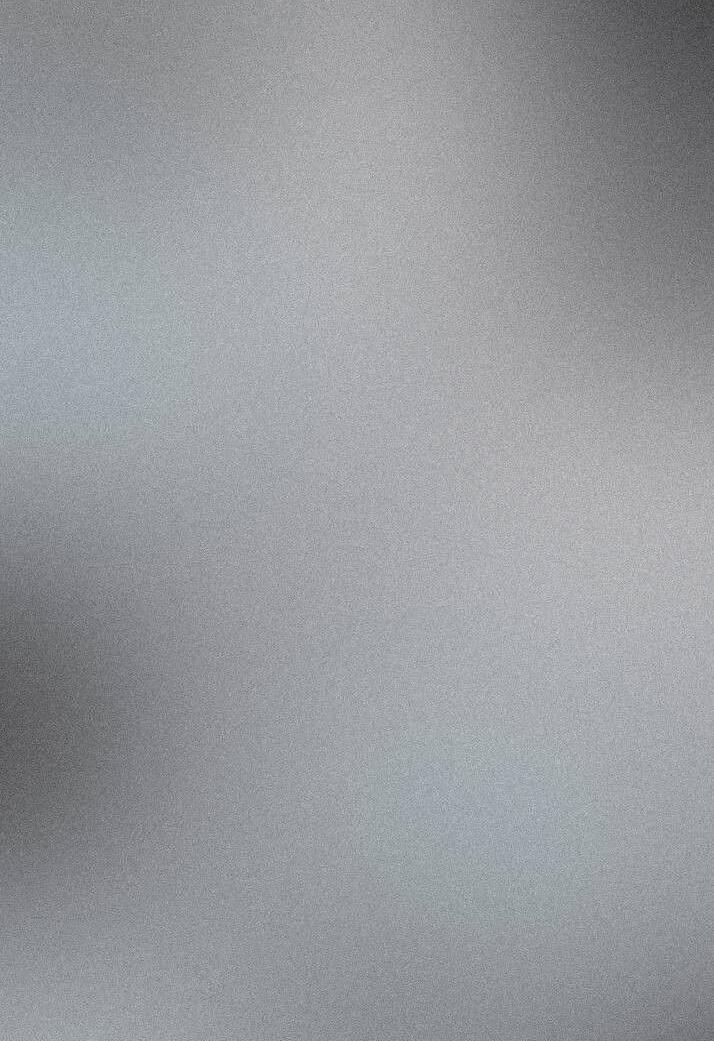
4. Her studio practice was deeply ritualistic.
She worked almost every day until her death at 98. Art making was a survival mechanism. Her studio functioned as a confessional, a battleground, and a dream lab.
5. She explored themes of sexuality, the body, and the grotesque.
While the spider became her most iconic motif, many of her works dealt with the uncomfortable and the taboo. Fragmented bodies, vulnerability, and raw emotion were central. She often said,
6. Feminism embraced her but she resisted labels.
Her work heavily influenced feminist thought. Still, Bourgeois rejected strict categorization.
“I am a woman, I am an artist. That’s all.”
- Louise Bourgeois
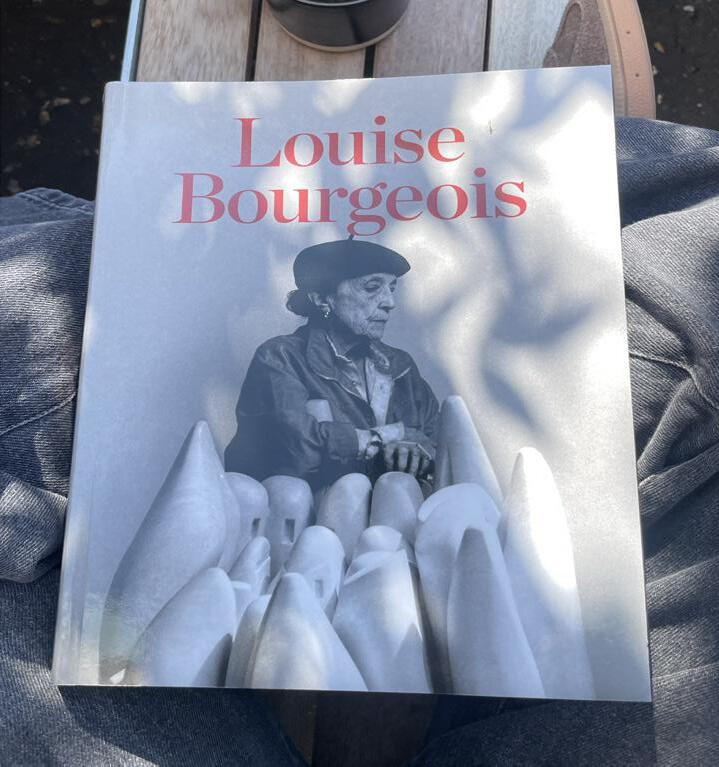
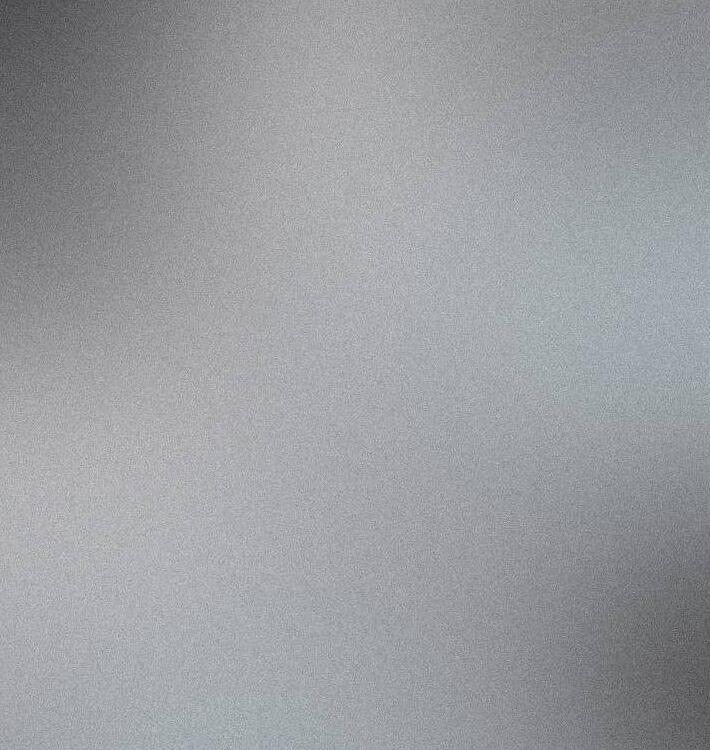

Louise Bourgeois’ monumental spider sculpture Maman is once again on view at Tate Modern!
A tribute to the mother figure, strong, fragile, and deeply symbolic, this iconic work invites you to stand beneath its legs and confront your own emotional memory.
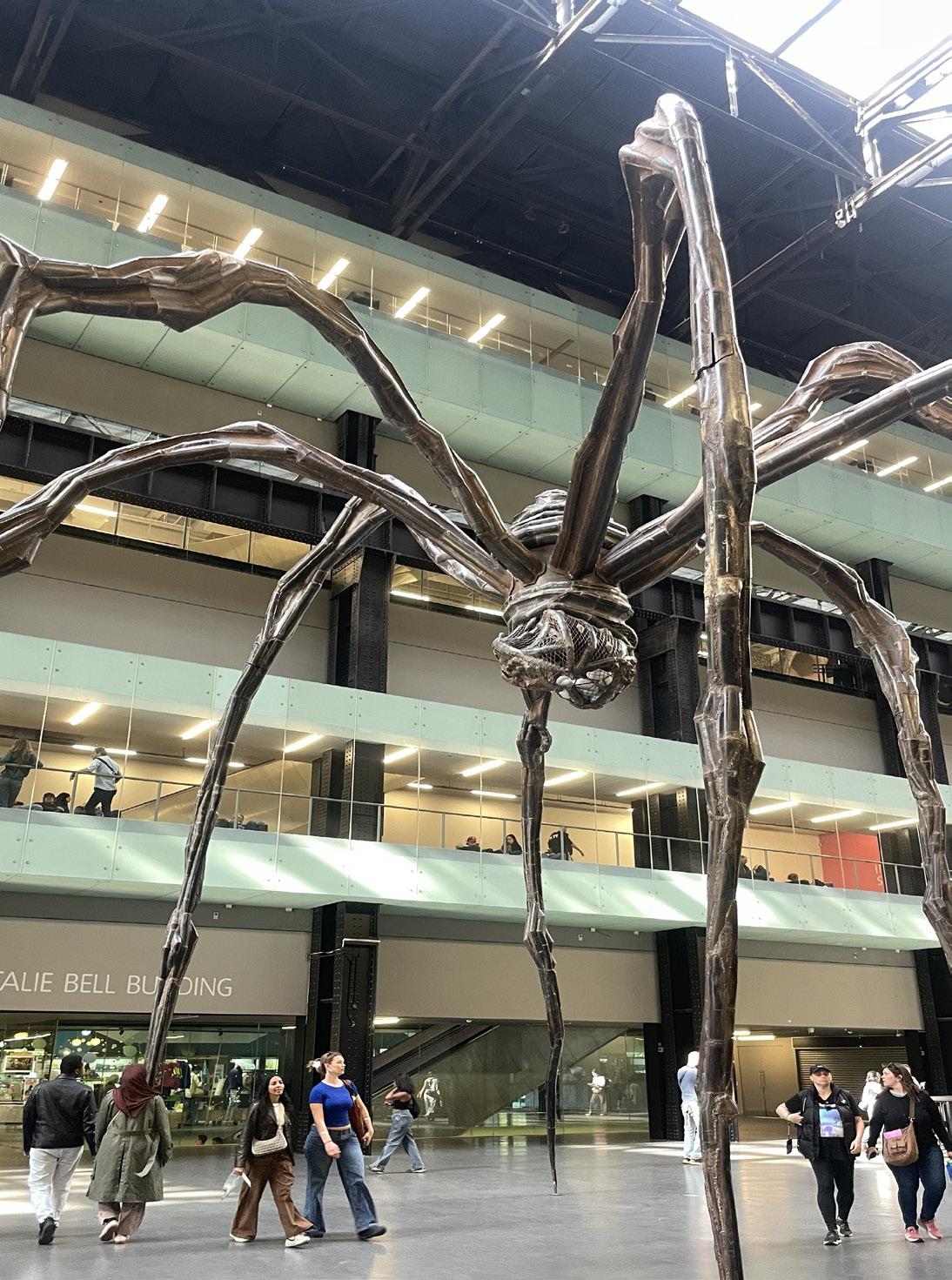
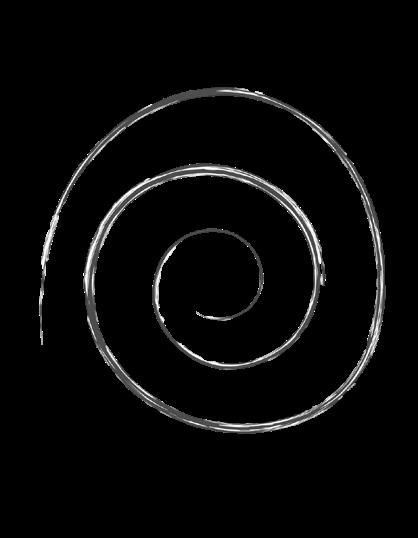



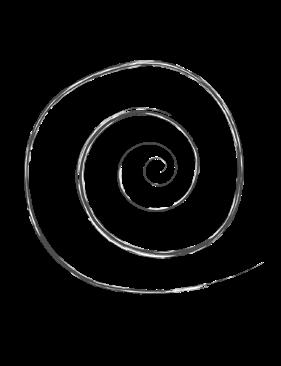
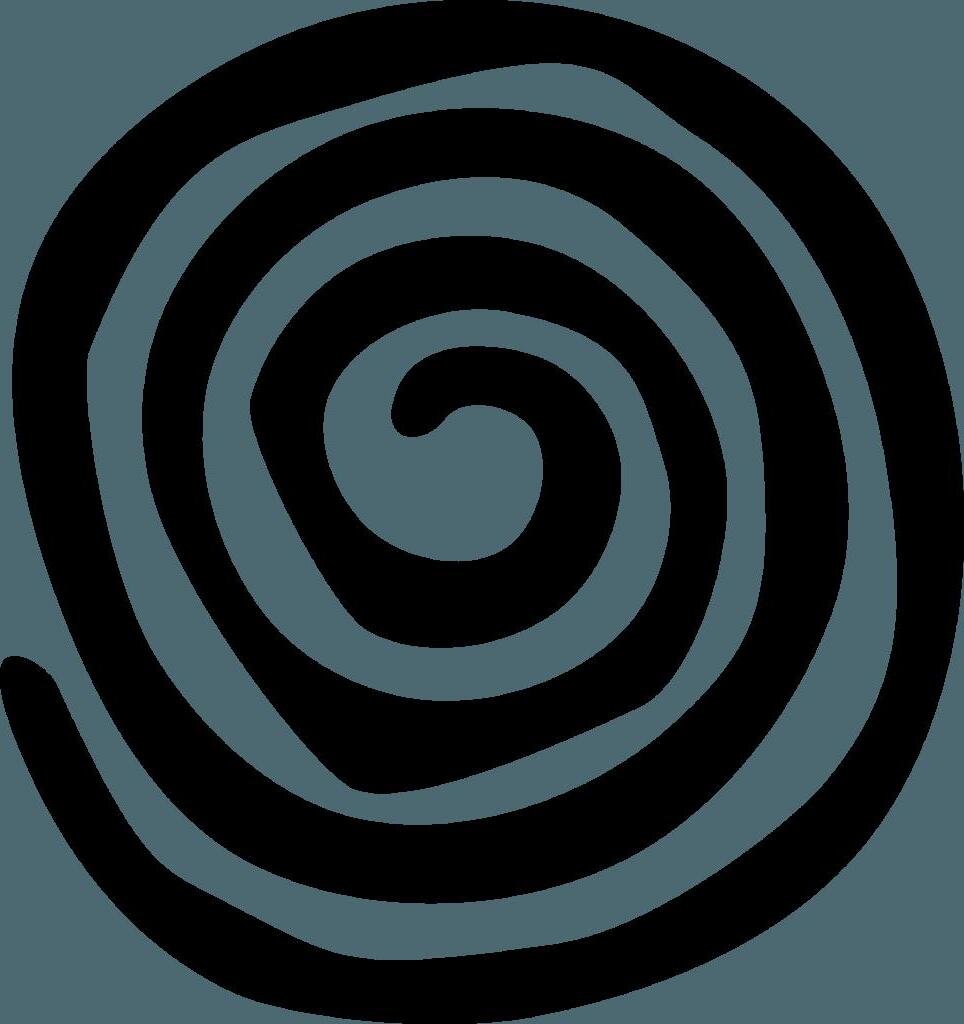
“Spirals are an attempt at controlling the chaos.”
- Louise Bourgeois


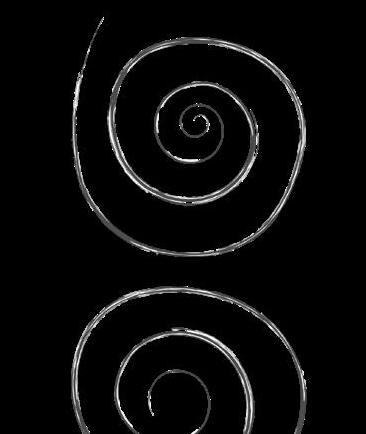


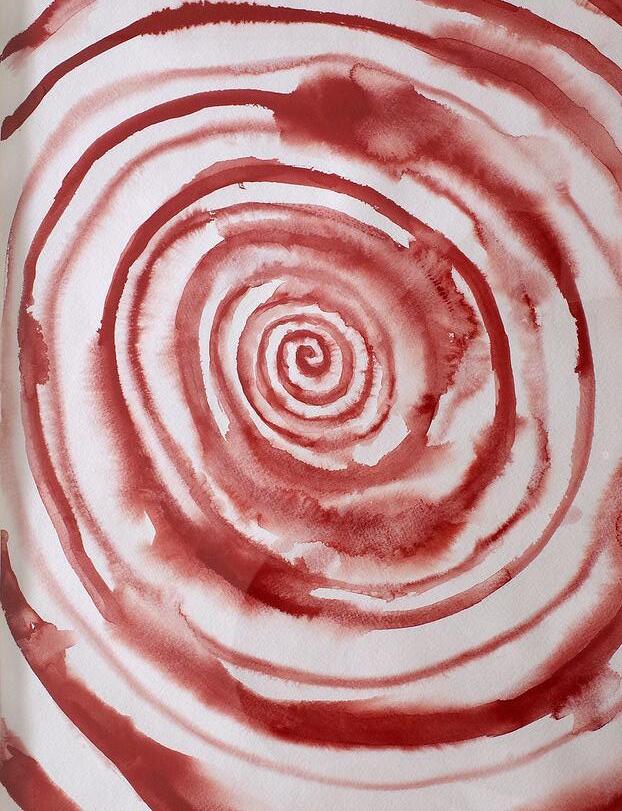
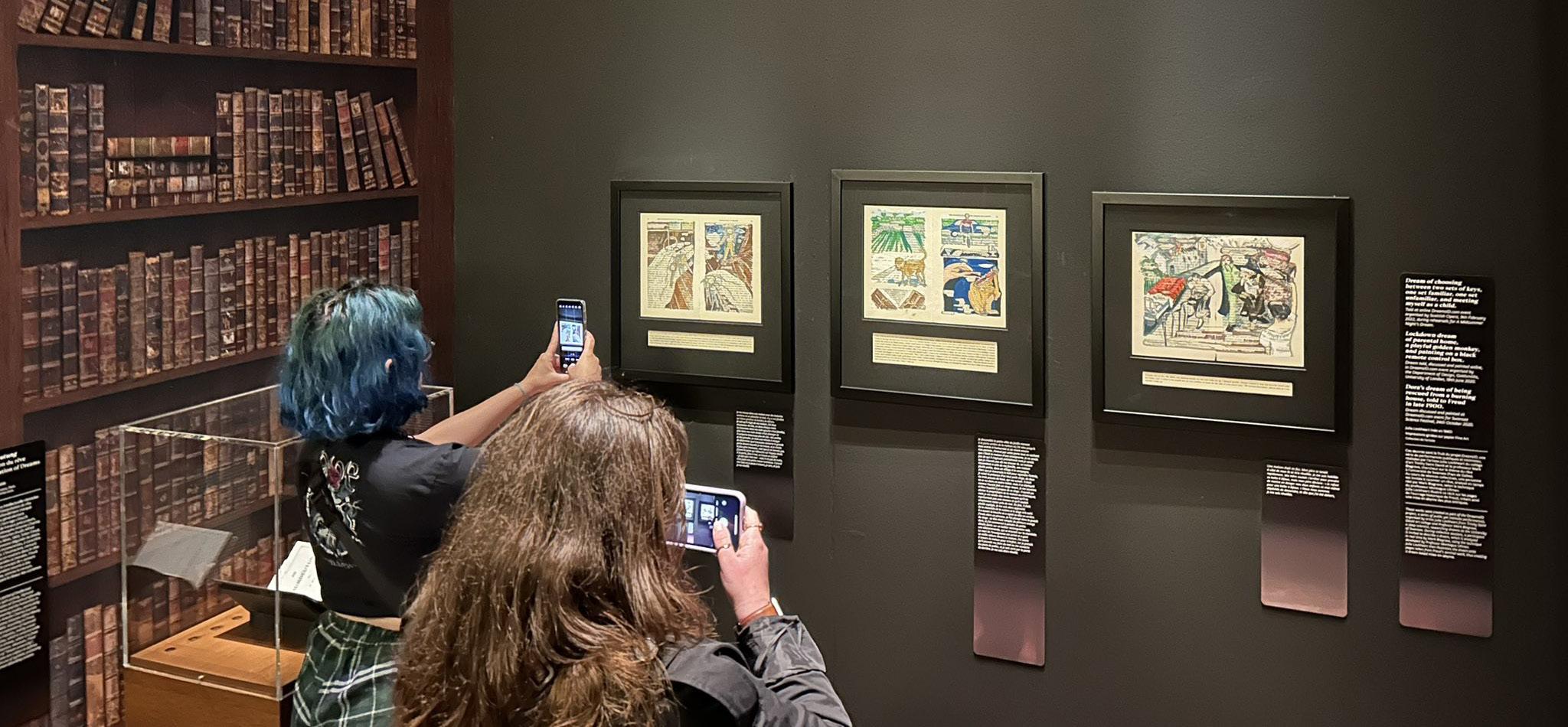
Julia lockheart’s Dream Illustrations
Julia Lockheart is a British artist, writer, and researcher whose work sits at the intersection of art, psychology, and language. Her most captivating project? Turning other people’s dreams into live visual art while they’re being interpreted.
In her collaboration with dream scientist Mark Blagrove, Lockheart paints dream imagery in real time as Blagrove analyzes the dreamer’s subconscious, often using Freudian theory.
The process happens on pages torn from Freud’s “The Interpretation of Dreams” a bold gesture that makes theory, imagination, and symbolism collide in one layered act. This isn’t just performance. It’s a kind of visual psychoanalysis, where dreams aren’t just told, they’re seen.
By reworking Freud’s original text as both canvas and context, Lockheart invites us to question how meaning is formed. Are we translating dreams or just layering symbols on top of more symbols?
Her work offers a poetic counterpoint to clinical analysis a reminder that the subconscious isn’t a puzzle to be solved, but a language to be felt.
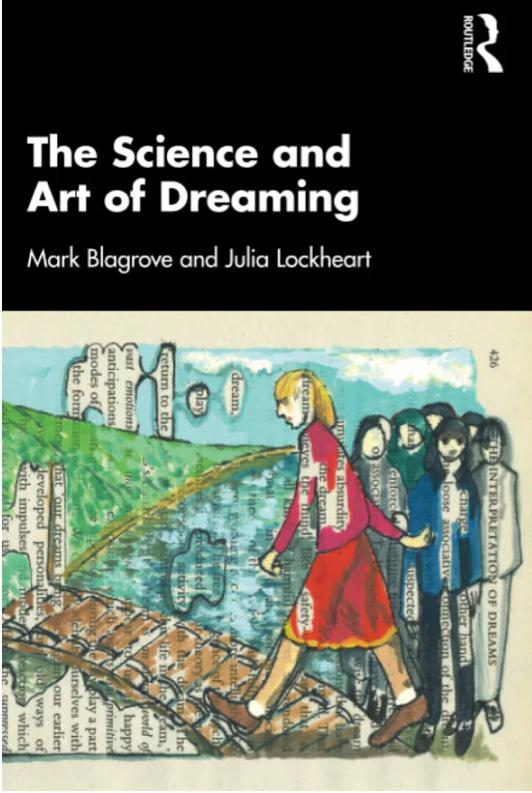

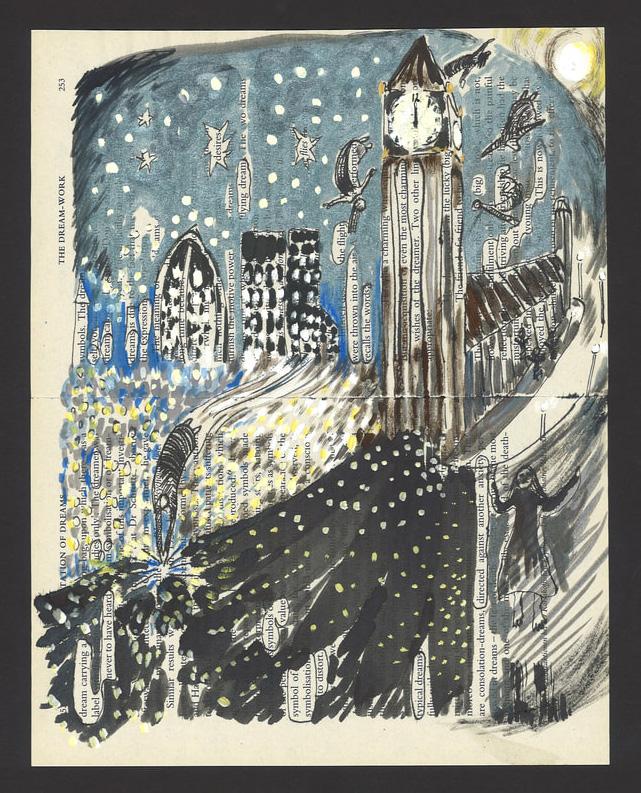
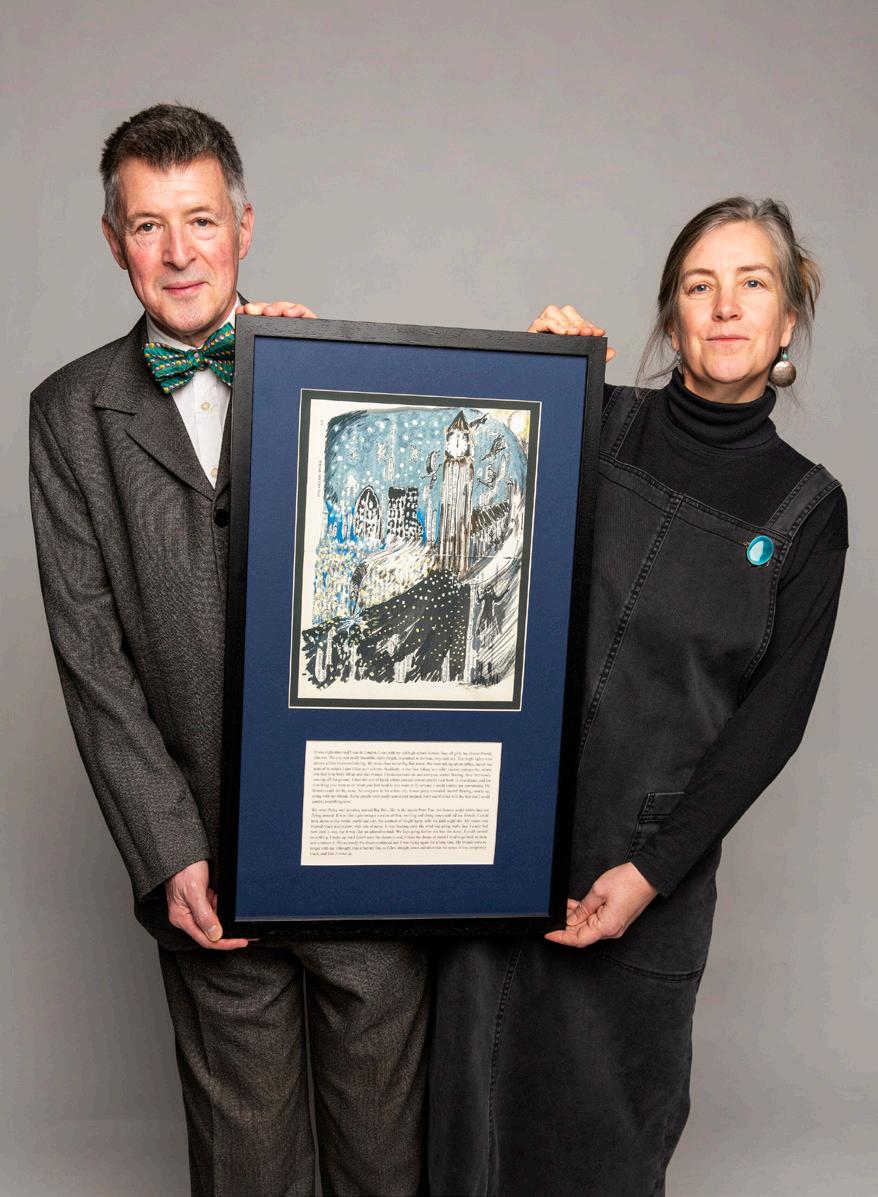
“Dreams can be seen as our own artwork.”
- Julia Lockheart
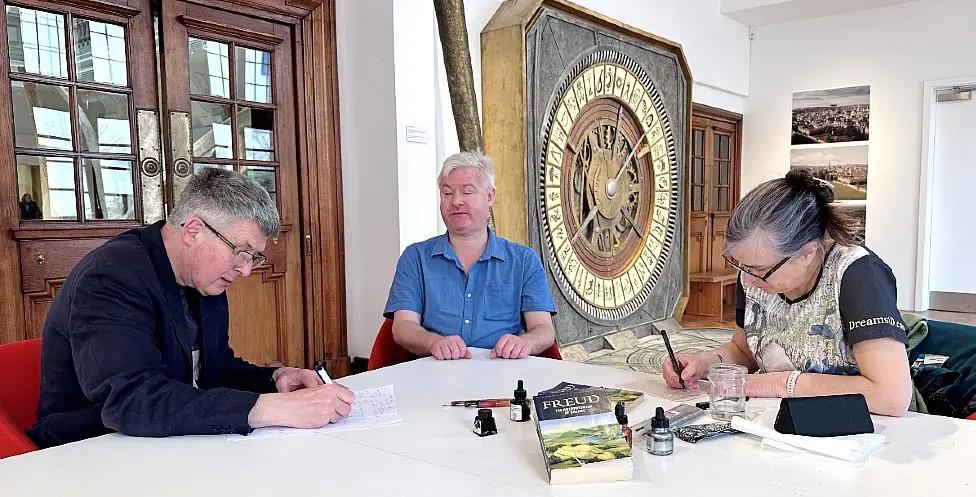
What is the subconscious? Is it a landscape, a language, a memory vault or something even less explainable? In this section, we asked two people from radically different fields to explore that question in their own way: A surrealist artist. A neurologist working on memory and the brain. Why these two? Because we believe we need more than one perspective to understand what can’t be fully seen. One draws it. One maps it. Together, they sketch the outline of what lies beneath.

● ILOVETHINKINGABOUTFISH

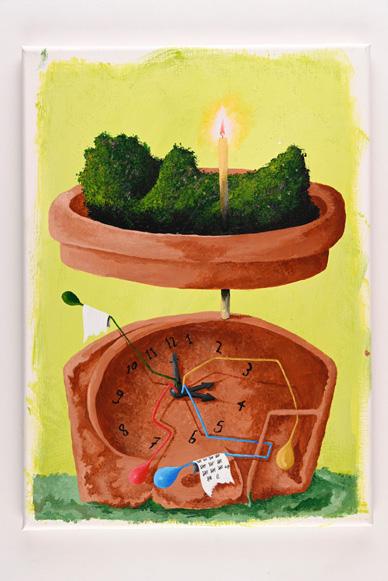

1. Could you tell me a little bit about yourself as an artist, what drives you to create?
My name is Sina. I’m a 23 years old artist living in London. I’ve been painting for 3 years, but I’ve been drawing since I was a child.
2. This painting is visually intense, layered, surreal. What was going through your mind when you began working on it?
While in the act of painting I was primarily focused on imagining how parts connected with each other. I had a limited amount of space to work on so I could not see the painting as I was painting.
In terms of thinking about what I was going to paint, that stuff came very spontaneously. I would say what I painted reflected my mood during painting.
3. Did you plan this piece with a clear narrative or did you let your intuition guide you?
I made a pen and ink graphic novel last year called Chrysalis. This year I wanted to focus and expand upon a chapter in that graphic novel, and turn it into a painting.
At the start my goal was to turn the specific pages and contents from a chapter in acrylic form, but very early on I decided instead to just paint the “feeling” I had for a story instead.

4. There’s a dreamlike quality to your visual language - melting forms, floating objects, abstract logic. What do these visuals mean to you?
My dreams are nowhere near as fun and playful as the stuff I paint. One constant theme in my dreams all my life is large structures and impossible architecture. I always see stairways that go nowhere, doors that don’t lead anywhere, seemingly infinite staircases with steps that blend into each other etc.
5. What role does the subconscious play in your creative process?
I have very bad visual memory, and yet I refuse to use references when I want to paint, say, animals. I want my visual language to reflect the crumbs on my subconscious left from my bad memory. I don’t intentionally draw things incorrectly, but I make an effort to embrace it.
6. Do you ever use your own dreams as material? Or do you aim to invent dreams with your work?
For this painting, the only real dream of mine I used was the fountain. I dreamt
of the fountain inside the flower garden inside Battersea Park and I felt like I had to include it in the painting.
7. How would you define the line between logic and imagination in your visual storytelling?
I try not to think about logic. Whatever comes, comes.
8. The idea of visual symbols is very central to both surrealism and subconscious work. Do you intentionally use certain motifs/ symbols, or do they appear spontaneously?
I love having symbols that I use regularly over multiple paintings. What makes symbols special to me is that there is always one other person in my life that knows the significance of that symbol.
So in a sense the painting takes the role of a message directed at one other person who knows more about the painting than anyone else. I think that is very precious.
9. Do you believe your painting speaks a language beyond words? If so, what kind of language is it?
I think it can speak for itself, but if I had to speak for “ILOVETHINKINGABOUTFISH”, I would say it’s speaking about change.
10. In your opinion, can art be a tool for understanding our inner self or is it more about expressing it?
I don’t think I’ve ever learned something new about myself that I didn’t already know through painting. The fun part about art is that it makes saying some things redundant. I enjoy saying things through drawings, rather than speaking it.
11. If your subconscious had a shape or sound, what would it look or sound like?
I see my subconscious as an infinite surface of colourful polka dots.
12. What would you hope a viewer feels rather than understands when they look at this work?
I hope that, instead of trying to understand it, whoever sees my painting feels inspired in some way to also create stuff on their own.


Neurologist Ali Güneş on the Logic of Dreams
When exploring the hidden landscapes of the subconscious, we knew we needed more than just artistic and symbolic language. We needed to understand what was happening behind the curtain, inside the brain itself. So we reached out to Dr. Ali Güneş, a board certified neurologist and psychiatrist based in Germany.
He’s spent years researching memory, cognition, and vascular brain disorders, publishing in medical journals and presenting his work at International Neurology and Psychiatry Congresses. He has seen the mind from both a scientific and clinical perspective. Our conversation focused on one essential question:
What does the brain actually do when we dream?
“Dreams are more or less coherent sensations and ideas during sleep,” he explained, “often with a bizarre character that resemble hallucinations.”
He described dreams as states of consciousness in which our grip on time, place, and logic dissolves. While dreaming, we often accept the illogical as normal, we believe impossible things, confuse identities, and experience surreal events as if they were real. But why?
Dr. Güneş explained that during our waking hours, brain regions are flooded with neurotransmitters like noradrenaline and serotonin, which regulate attention
and memory. But when we dream, those chemicals shut off. Instead, dopamine and acetylcholine take over, neurotransmitters that enhance imagination, emotion, and sensory processing.
“This shift in brain chemistry,” he said, “explains why we forget our dreams quickly. The substances that help store memories simply aren’t there.”
We found this very fascinating. It aligned with something we’d been exploring in this issue: that the subconscious speaks in symbols not because it wants to be mysterious, but because it operates without the usual filters of logic or memory. He went on to describe how the brain re-routes itself during dream sleep.
“During dreaming, visual input from the eyes is cut off,” he said, “but emotion processing centers like the limbic system remain active. That’s why dreams feel so emotionally intense.”
The frontal cortex, responsible for decision making and logical reasoning, also goes quiet. Without it, the brain no longer critiques what it’s imagining, it just accepts.
That’s why we wake up wondering, how did I believe that made sense? But it’s not all chaos. There is structure. The brain reactivates the amygdala, which stores the emotional weight of memories. So in dreams, emotional fragments are stitched together, not to make a rational story, but to replay or reprocess unresolved feelings.
“Dreams may not be logical,” he told us, “but they are emotionally organized.”
In this way, dreams become symbolic fields, constructed not to communicate clearly, but to process experience under different rules.What we found most profound was how close this scientific model of dreaming aligned with what artists and mystics have said for centuries: that dreams don’t obey logic, but they still hold meaning. They’re not noise; they’re coded emotion.
We had a great chat with Dr. Güneş and learned so many things.While the subconscious may never be fully mapped, understanding how the brain temporarily shifts its logic, memory, and emotion during dreams made us trust even more in the symbolic power of what we see during sleep.
The subconscious may never draw a perfect map but sometimes, even science agrees that the path runs through a dream.
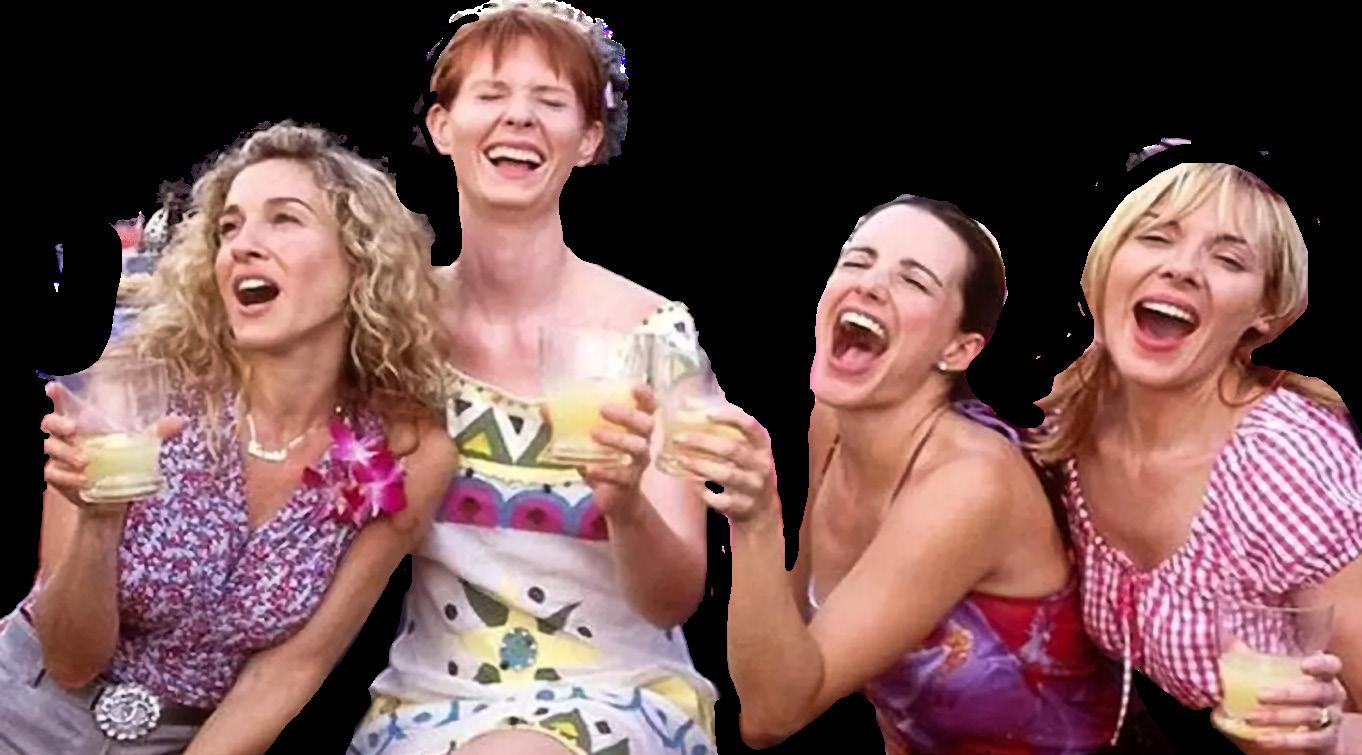
Ever wondered why you relate to Charlotte’s idealism, Carrie’s chaotic creativity, Miranda’s no-nonsense logic, or Samantha’s fierce independence? It might not just be personality, it could be archetypal.
Each Sex and the City character channels one of Carl Jung’s 12 classic archetypes, universal personality patterns that shape how we see ourselves, others, and the world. From the Lover to the Sage, these archetypes help us understand the roles we step into in love, friendship, and life.
Let’s find out which one lives inside you.
Answer these 10 questions and count which letter you picked most often!
1. Your group chat is blowing up about a scandalous breakup. What do you do?
A) Spill the tea and add a few extra spicy details.
B) Ask how everyone’s feeling and offer support.
C) Say “called it” and explain the obvious red flags.
D) Start turning it into an art work or essay idea.
2. You’re walking into a room full of strangers. What’s your vibe?
A) Confident, magnetic, all eyes on you.
B) Polite, well dressed, and a little shy.
C) Observant, head held high, not here for small talk.
D) Quirky, expressive, hoping someone brings up astrology.
3. What’s your biggest relationship fear?
A) Boredom, if it’s not passionate, what’s the point?
B) Not being loved back as deeply as you love.
C) Losing your independence or wasting time.
D) Being misunderstood or never fully ‘seen’.
4. What would your dream date look like?
A) A luxe dinner, cocktails and ending up somewhere unexpected.
B) A picnic in the park with flowers and deep talk.
C) An intellectually stimulating conversation at a jazz bar.
D) Vintage bookstore, wine, and walking the city streets at night.
5. Which outfit feels the most ‘you’?
A) Silk slip dress, bold lipstick, and stilettos.
B) A-line floral dress, matching cardigan, delicate jewelry.
C) Structured blazer, tailored pants, minimal accessories.
D) Something mismatched, secondhand but perfectly you.
6. What’s your role in the friend group?
A) The one who pushes everyone out of their comfort zone.
B) The emotional anchor, always checking in.
C) The realist giving solid advice (even when it stings).
D) The dreamer, always overthinking and romanticizing.
7. You see your ex with someone new on I nstagram. What’s your first thought?
A) “My upgrade will make them cry.”
B) “I hope they’re happy... I guess.”
C) “This confirms everything I suspected.”
D) “I wonder if this will become a poem.”
8. Which quote could definitely be yours?
A) “I don’t believe in the word ‘no’.”
B) “True love is worth waiting for.”
C) “Success is the best revenge.”
D) “Maybe I’m the problem, but like, in a hot way?”
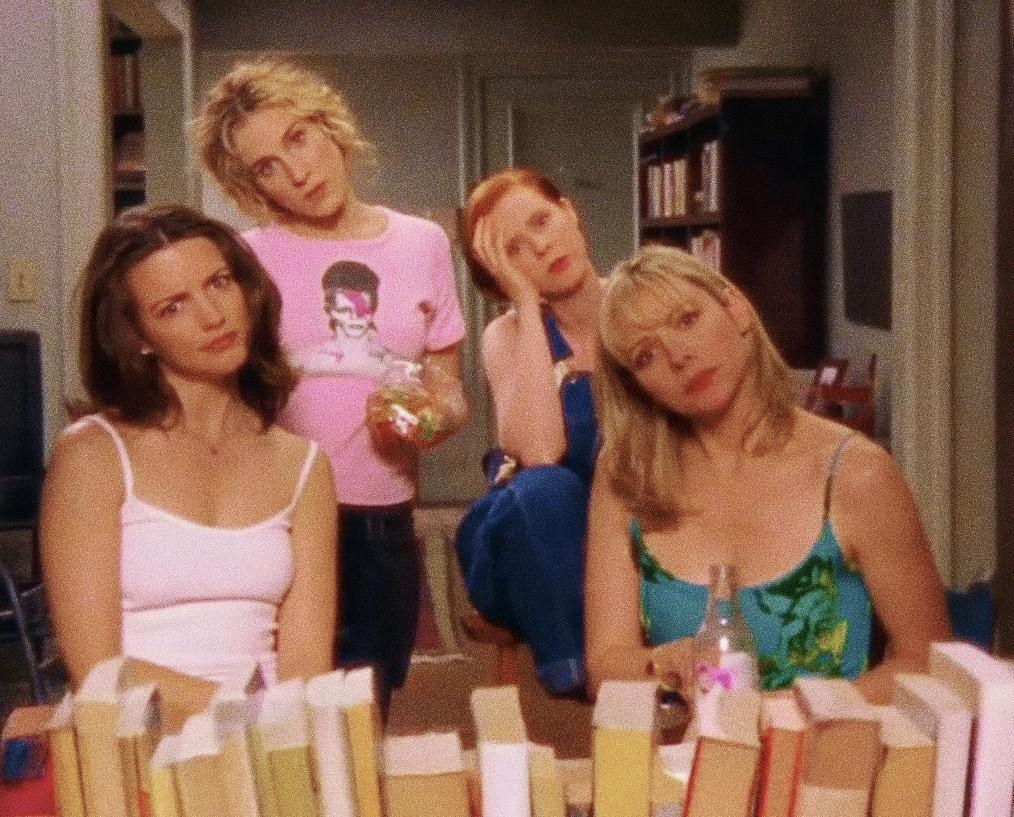

9. How do you deal with stress?
A) Party, flirt, distract. Life’s too short.
B) Bake something. Call your mom. Watch a romcom.
C) Make a list. Then another list. Then fix it.
D) Journal, cry a little, reinvent your personality.
10. What’s your toxic trait? (Be honest.)
A) Needing to feel desired constantly.
B) Expecting fairytale love in a non fairy world.
C) Being too independent to ask for help.
D) Turning every life event into a dramatic narrative.
Mostly A’s
Samantha Jones: The Lover
Bold. Magnetic. Irresistible.
You live for the thrill of connection and never settle for anything less than fireworks. You lead with desire, but it’s not just about sex. It’s about feeling alive.
Your energy reminds others that pleasure is powerful, and owning your wants is a radical act.
Mostly B’s
Charlotte York: The Caregiver
You believe in happily ever afters, heartfelt traditions, and the soft power of kindness. Sugar? Yes. But never shallow. Your kindness is your compass, and your idealism is your strength.
You show the world that faith in love and tradition isn’t naive, it’s brave. You nurture with intention, not just instinct.
Mostly C’s
Miranda Hobbes: The Ruler
Independent and razor sharp, you don’t follow trends, you follow truth. Power comes naturally to you (even if you pretend you hate it). You value logic, boundaries, and autonomy. Even when emotions rise, your foundation holds. But beneath your tough shell? A heart that’s learning how to soften without losing its shape.
Mostly D’s
Carrie Bradshaw: The Creator
You feel deeply, think endlessly, and turn your life into stories. You’re romantic chaos in vintage heels. As a Creator, your life is your art, messy, beautiful and filled with big feelings. Like Carrie, you crave meaning, connection, and a touch of drama. You overthink, overwrite, and overlove but hey, it makes one hell of a story.
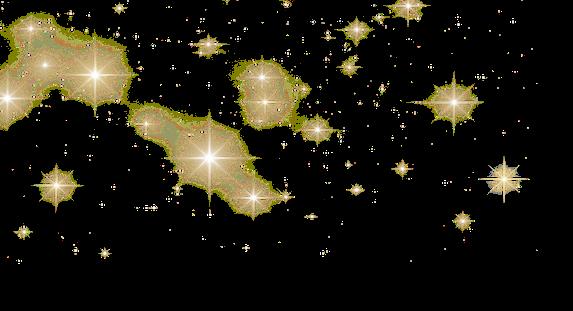


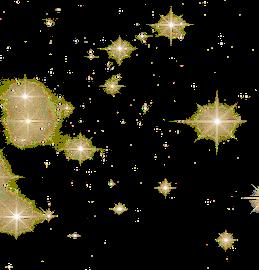

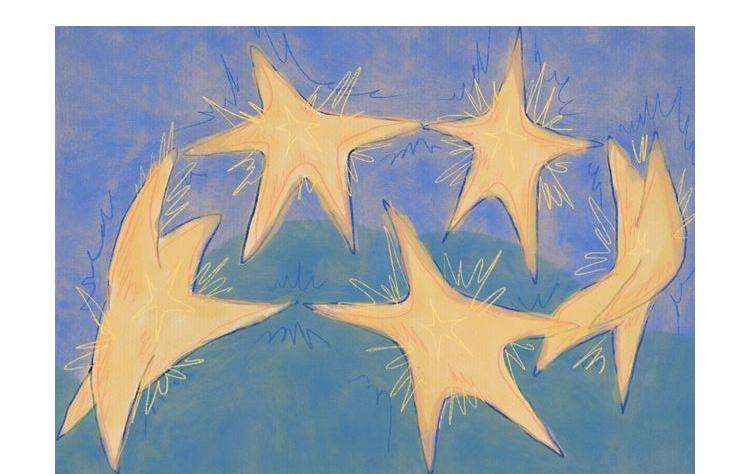
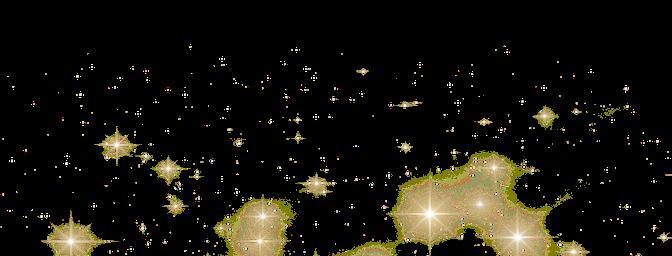


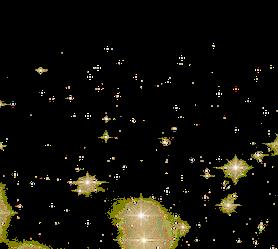

Ever wondered what everyone else dreams about when the lights go out?


We asked our readers to dive deep into their dreamworlds sym bols, settings, sensations. The results? A subconscious cocktail of oceans, chases, and metaphors wrapped in velvet night. Here’s what we found when we dared to ask the question:
What do you see when you close your eyes?
Do dreams mean something or are they just midnight noise?
When we asked 100 dreamers, the answer wasn’t as vague as you’d think. Nearly 7 in 10 believe their dreams aren’t random.
Whether seen as cryptic messages or psychological echoes, one thing’s clear: we’re all trying to decode ourselves in the dark.
And if you’re among the 13% who said “they’re just random”, Sweetie, maybe you used to think that. But we have a feeling that by the end of this issue, you’ll believe otherwise.
Because here at UNcoded, we know: dreams always know more than they tell.
So... what do we see when we close our eyes?
Apparently: a lot of houses, mirrors, oceans and the occasional mysterious stranger. Some chase, some fall, some forget everything. Welcome to the collective dreamscape. Yes, someone said “spirals”. We see you, Jungians.
- Survey conducted anonymously by UNcoded, with 100 people with different aged groups and genders.








House (40.3%)

Symbol of the self. Our minds’ favorite metaphoric Airbnb.

Ocean (25.4%)
Emotional depth, mystery and possibly last night’s pasta.
Mirror (6%)
Identity, reflection, inner truths... or vanity?
Being chased (11.9%)
Spiral (4.5%)
Your unresolved anxieties called. They’re fast.
You’re either ascending to enlightenment… or just mentally spiraling. Who’s to say?






Real dreams. Raw symbols. Unfiltered subconscious.


We asked our readers to describe their most vivid dream in just a few lines. What we received was a surreal mix of foggy forests, endless stairs, and silent screams. And we asked ourselves:
“What would Carl Jung say about this?”
Here are a few that stayed with us:
- “I had this dream where there was an earthquake and our house literally split open. And the weirdest part? My mum had a dream about an earthquake that same night too.”

A fractured home often reflects inner instability or a shift in one’s personal foundation.
- “I saw my aunt’s deceased son, he was flying like a spirit. He told me she was smoking too much and would get sick. Two days later, she had a brain hemorrhage.”

Spirits in dreams can symbolize ancestral wisdom or the unconscious revealing what the conscious mind denies.
- “I fell off a helicopter. Barney the bear was the pilot.”

Losing altitude means losing control and the cartoon character masks deep anxiety.
- “I kept flying or leaping huge distances in my dreams. It gave me a sense of freedom I can’t describe. Even when I realized I was dreaming, I didn’t want it to end.”

To soar in dreams is to touch the untamed parts of your soul.
- “I saw a plane crash by a gorgeous island. Everyone was safe, climbing stone stairs in peace. The next day, thousands were released from prison for a wrongful conviction.”

Peace after chaos suggests rebirth, the soul lands where logic can’t.
- “During my second birth, I dreamt I was running beside a waterfall, in a green valley, with my dearest husband chasing after me.”

Water, nature, joy are classic symbols of the psyche’s return to wholeness.
- “Trapped in a room without a door.”

No door means no exit, something deep inside wants your attention.




- “Jesus was sculpting marble on the 7th floor. I took the ele vator up and someone gave me an emerald. It felt so real.”

A green stone from a higher floor? That’s divine wisdom descending.
- “I was the mother of my newborn reincarnated daughter. I missed her deeply.”

To mother the reincarnated is to heal a karmic thread.
- “I was hiding under the table in my living room. Armed men came in, asking where my mom was.”

Hiding from danger reflects fear, the mother figure holds your safety code.

- “My aunt, unable to walk for years, stood up and moved with strength and grace. It felt like a quiet, powerful miracle.”

A paralyzed body walking? That’s the dream showing what belief alone forgets.
- “Unicorn.”

A rare symbol of innocence and forgotten inner magic.
“The dream is the small hidden door in the deepest and most intimate sanctum of the soul.”
- Carl Jung
What’s the one dream you never forgot? If it had a title, what would it be? We might feature it in our next issue.

Share your dream at: SUBconsciousmag@gmail.com

Write it as soon as you wake up no filter, no edits. Even a few words can trigger full recall later.
Create a Calm Bedtime Ritual
Soft lighting, herbal tea, no screens. Tell your brain it’s time to drift inward.
Set an Intention
Before sleeping, gently think about what you’d like to dream of. A person, a place, a feeling? It’s like placing an order with the subconscious.
If symbols repeat, don’t ignore them. Your psyche is being persistent for a reason.
Dreams aren’t meant to be read like news headlines. Explore what the symbols feel like, not what they look like.
Don’t Dismiss Weird Dreams
The weirder they are, the more likely they hold meaning. Dream logic ≠ real world logic.
Don’t Google Every Symbol
Generic dream dictionaries miss the point. Your symbol of “water” is yours, not the internet’s.
Don’t Overshare Raw Dreams
Your dreams are intimate. Share them wisely, and only when you’re ready to explore them out loud.
Don’t Force Interpretation
Some dreams reveal themselves later. Don’t rush. Let them breathe.
Don’t Assume One Meaning
Dreams are layered. One symbol might hold many truths depending on where you are in life.
Surrealism isn’t about painting melting clocks. It’s about melting reality to reveal what’s hidden underneath. A space where your subconscious speaks in symbols, dreams write the script, and your hand simply follows.
Call it a movement, call it a mindset but above all, surrealism is a method of creative access. And your imagination is the portal.
Surrealists weren’t just making weird art. They were opening doors. Doors to memory, fear, desire, childhood, intuition. Inspired by Freud and dreams, their work wasn’t crafted - it was discovered. A symbolic excavation from the depths of the psyche.
Long before surrealism had a manifesto, Hilma af Klint, one of Sweden’s most esteemed artists, was painting visions she received through séances and deep meditation. She was involved in spiritualism from a young age. Her works weren’t visualized through logic but received through sensation. She believed her role was to transmit unseen knowledge and that art was the channel.
In her work “Altarpiece No.1”, Hilma af Klint doesn’t paint a religious altar, she builds an inner one. A place not of worship, but of awakening. At the center: a golden triangle, a spiral, and waves of ascending energy. The spiral is no random shape.
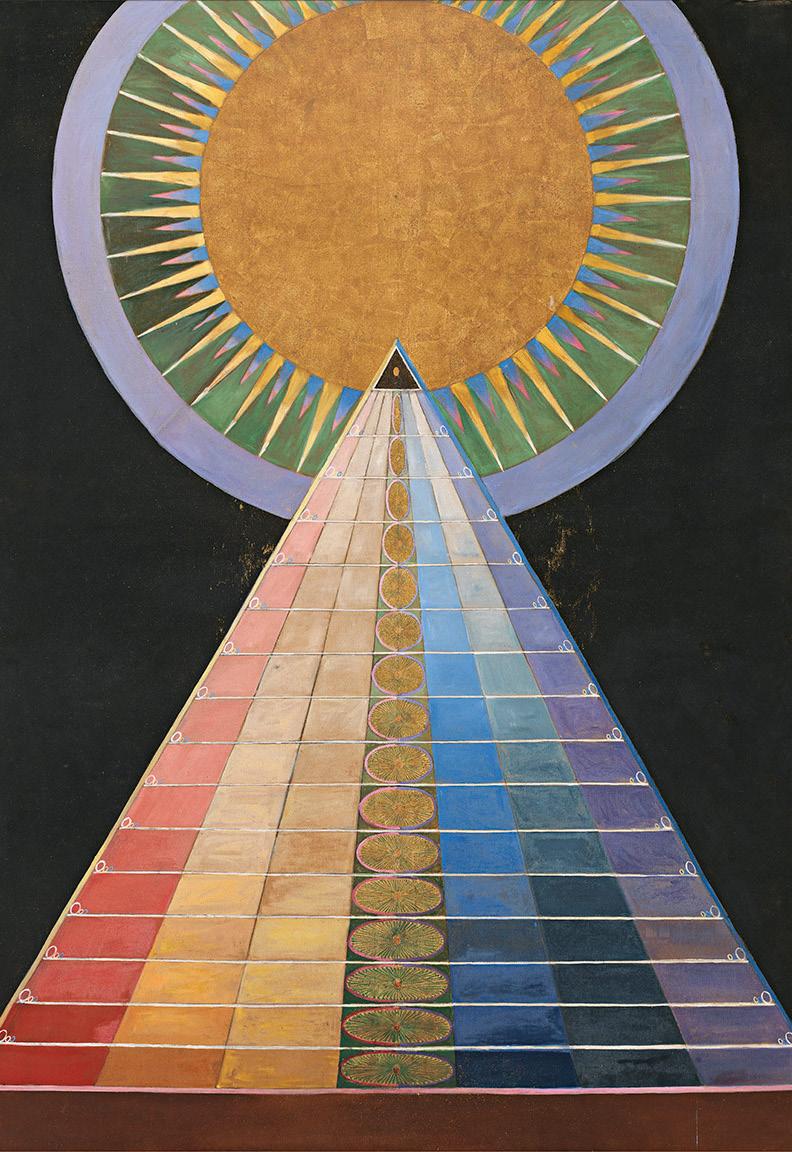
Across cultures, it symbolizes the soul’s evolution, the journey from the surface to the depths of the self or from the unconscious rising upward toward light. Just like in a dream, where you move through symbolic layers without ever walking a straight line.
Rather than illustrating visible reality, Hilma visualizes the invisible. Her language is not words, but colors and geometry the same language dreams seem to speak. The altar is not a call to God, but a call inward, toward truth, intuition, and inner wisdom. Hilma’s exploration of the subconscious doesn’t end with spirals and altars. In The Ten Largest, she paints the invisible rhythms of human life - from childhood to old age - using flowing lines, symbolic forms, and an almost dreamlike scale.
Rather than illustrating events, these works channel emotions, energies, and inner states. Each canvas feels like a dream preserved on paper, not a memory, but a vibration.
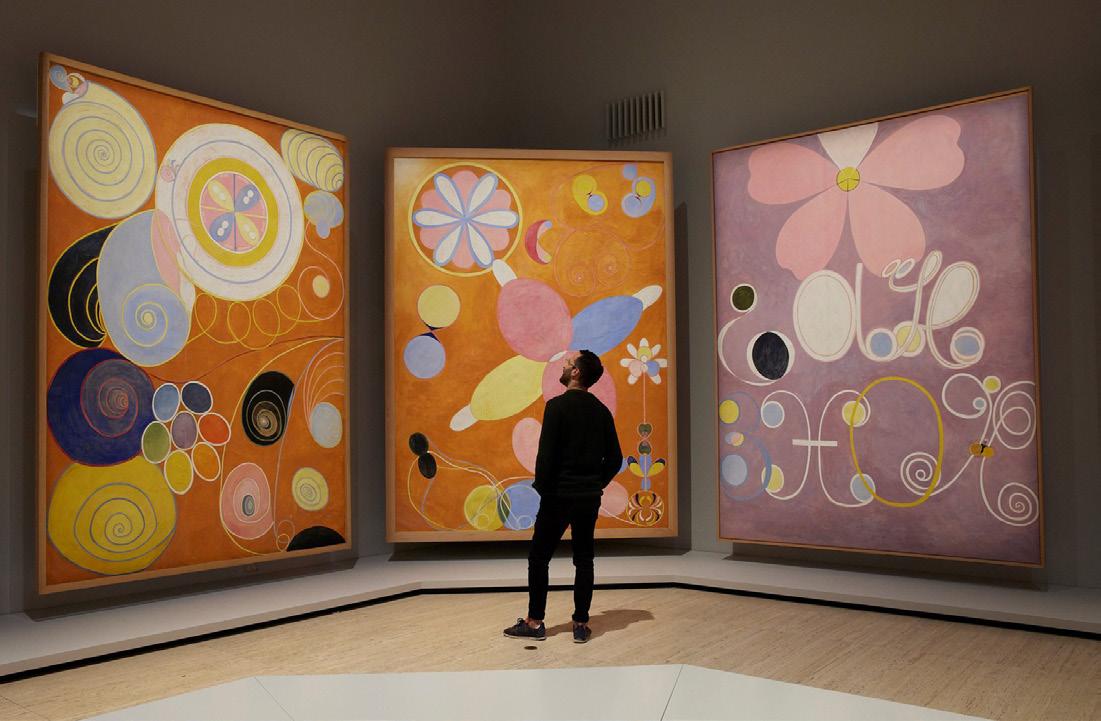
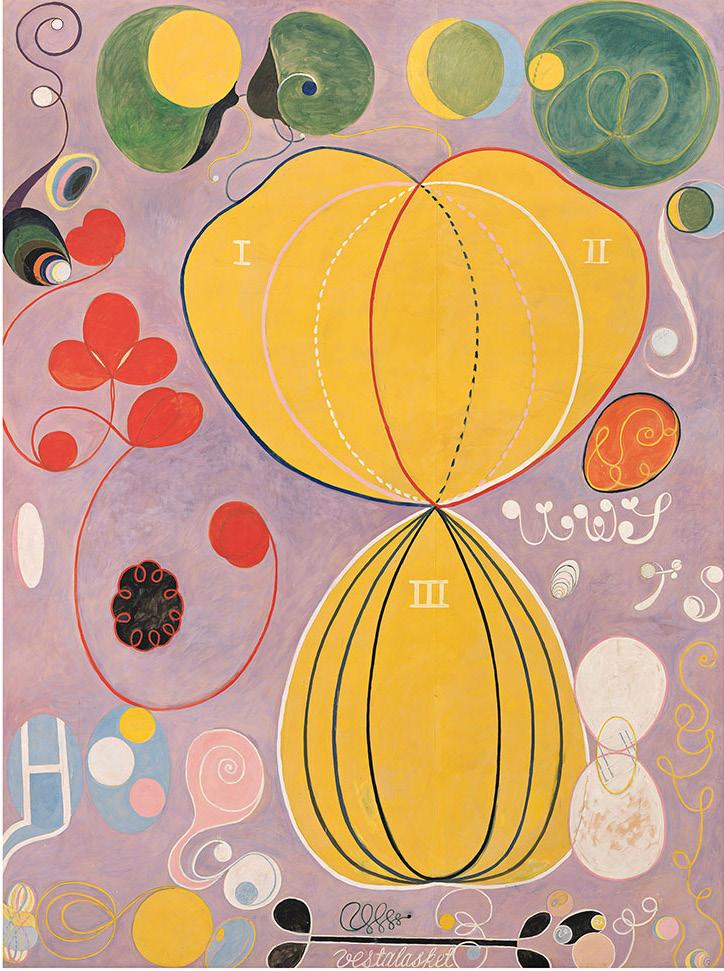
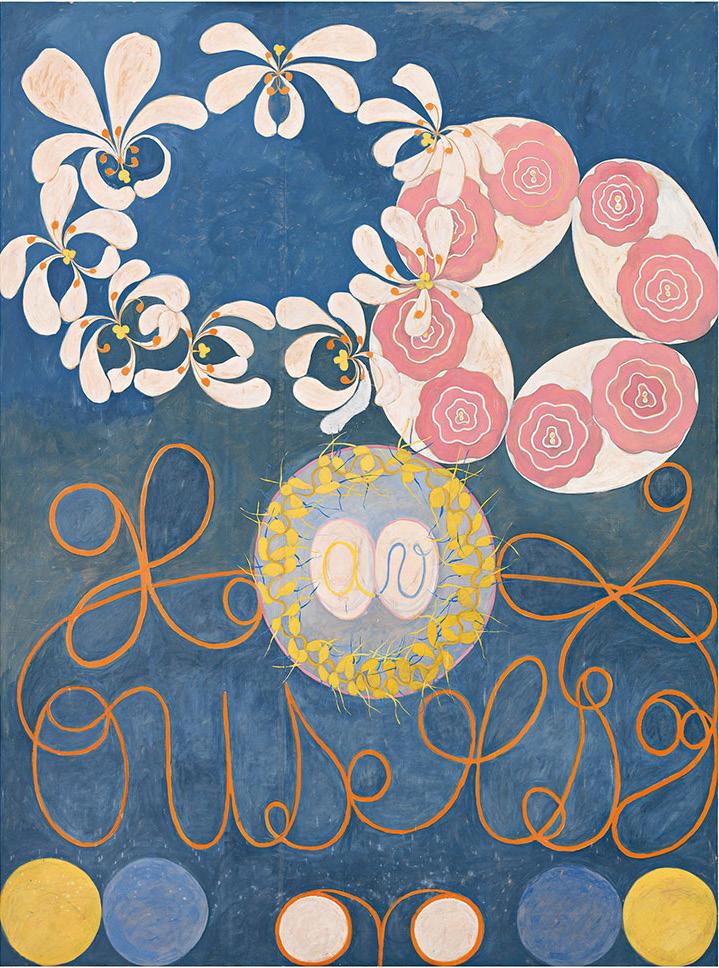

From automatic writing to sleep experiments, from dream journaling to exquisite corpse drawings, surrealists built rituals to bypass conscious control. They didn’t plan what to say, they let it spill. They didn’t design what to draw, they surrendered the pen.
But not all surrealists surrendered entirely.
Some, like Salvador Dalí, turned their subconscious into a meticulously controlled theatre. Dalí wasn’t just a surrealist, he was surrealism: flamboyant, obsessive, and feverishly devoted to turning dreams into hyper detailed, symbolic landscapes.
He believed that art should not simply emerge from chaos but be pulled from the mind’s strangest corners with surgical precision. His canvases were filled with melting clocks, burning giraffes, crutches, ants, eggs, and infinite doubles, all drawn from the rich tapestry of his inner world. But these weren’t decorative oddities. They were codes. Emblems. Doors into his unconscious.
In The Persistence of Memory (1931), Dalí paints the collapse of time in the dream world. His signature melting clocks ooze over tree branches and ledges, suspended in a desert of stillness. Time no longer marches, it drips. The landscape is familiar yet unreal, a place where memory becomes soft, elastic, and unreliable. Just like in dreams.
In The Dream (1931), a horse faced figure floats in sleep, surrounded by hovering, angular shapes. The dreamer is vulnerable, entranced, watched. There is no ground. No direction. Only the logic of sleep, unbound from waking life. The unconscious is not hidden here, it’s staged.
In Sleep (1937), Dalí paints a giant head, levitating and supported by fragile crutches. The skin is stretched, weightless, barely held together. The painting is a metaphor for dreaming itself, both essential and unstable, propped up by delicate constructs.
Each of these works reveals a different truth about subconscious experience: how time bends, how the body disappears, how fears and symbols emerge uninvited. Dalí didn’t just dream. He dissected his dreams and turned their anatomy into imagery.
Dalí developed what he called “the paranoiac critical method”. He would nap with metal keys in hand, letting them dangle
loosely from his fingers. As he drifted off, the moment his body relaxed and the keys fell, the sound would wake him, catching him in the fragile seam between waking and dreaming. He believed the best ideas lived in that in between state, neither fully conscious, nor completely asleep. This liminal zone, rich with raw imagery and irrational connections, became his creative fuel.
like Swans Reflecting Elephants (1937) and The Endless Enigma (1938) are prime examples of this technique. In Swans Reflecting Elephants, mirrored water transforms white swans into the shapes of elephants, a double image that slips between meanings. It’s not just clever illusion, it’s a psychological mirror.
The Endless Enigma is a hallucination on canvas: six different scenes layered over each other, depending on how your mind chooses to read the image. Dalí called it “paranoiac painting,” where the viewer’s own subconscious determines what they see, just like a dream that morphs as you remember it.
Unlike automatism, where the artist lets the hand wander without conscious intention, Dalí’s method was hyper aware. Automatism invites chaos. Dalí invited obsession. Automatism surrenders control. Dalí gripped it tightly but with the eye of a dreamer.
If automatism was about trusting the subconscious, the paranoiac critical method was about provoking it. Dalí didn’t wait for inspiration. He stalked it through sleep, paranoia, and obsessive self examination.
You can also try this:
Start by closing your eyes. Start drawing. Don’t think. Don’t stop for two minutes. Open your eyes.
What emotion is hiding there?
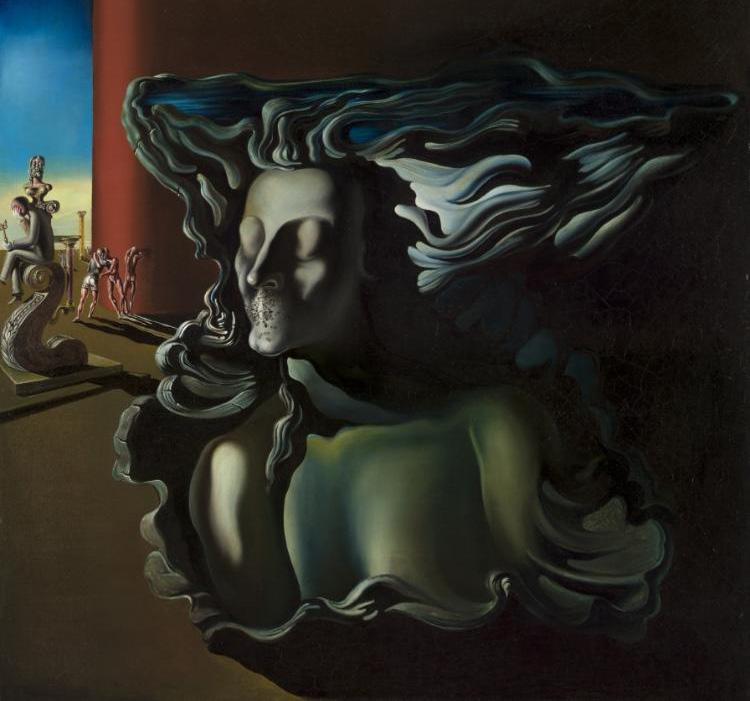




Take the quiz, pick the option that feels most like you. At the end, see which symbol shows up the most That’s your subconscious’s secret!
1. When you think of your dreams, what’s the strongest feeling that comes to mind?
A. Being watched or judged
B. Searching for something hidden
C. Floating, crying, flowing
D. Running wild, being chased
2. Which image feels most familiareven if you’ve never seen it in real life?
A. A version of yourself staring back
B. An old door with a missing key
C. A deep, still lake in moonlight
D. An animal following you in silence


3. In your dreams, what are you usually doing?

A. Looking in mirrors, reflections, seeing yourself from outside
B. Trying to enter a place, open something, solve a mystery
C. Swimming, crying, drifting, surrendering to emotion
D. Running, hunting, hiding, acting on instinct
4. Which sentence resonates most with you?
A. I’m always trying to understand who I really am.
B. I feel like there’s a hidden part of me I haven’t unlocked yet.
C. My emotions guide me, even when I don’t fully get them.
D. I act before I think and sometimes it feels... right.
5. What would you do in a lucid dream?
A. Ask yourself questions you’re afraid of in real life
B. Open a door and see what’s behind it
C. Float, fly, or dissolve into something
D. Turn into an animal and run freely

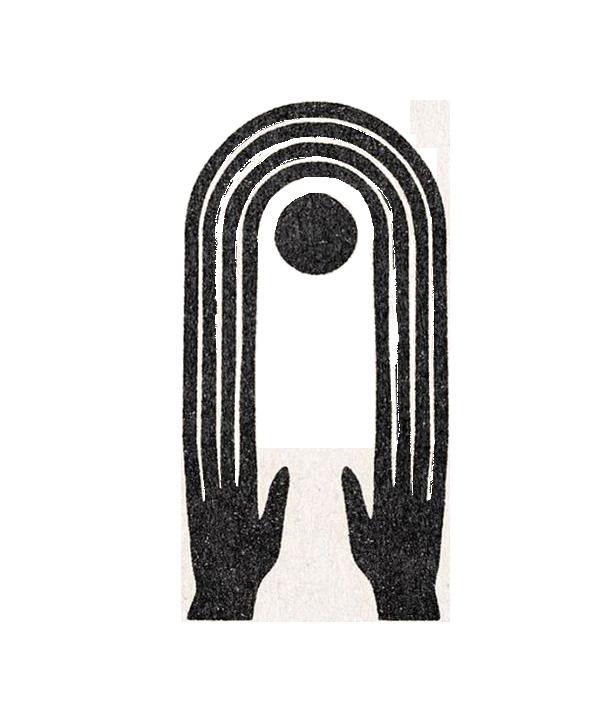
6. Which of these symbols would you instinctively choose as a tattoo or jewelry?
A. A broken mirror fragment
B. A delicate old key
C. A ripple of water
D. A wolf or a serpent
If you mostly got A’s - your symbol is Ipse
B’s - your symbol is Arkai
C’s - your symbol is Unda
D’s - your symbol is Ferox
Now, find your personalised mini book and read for your symbolic reflection!




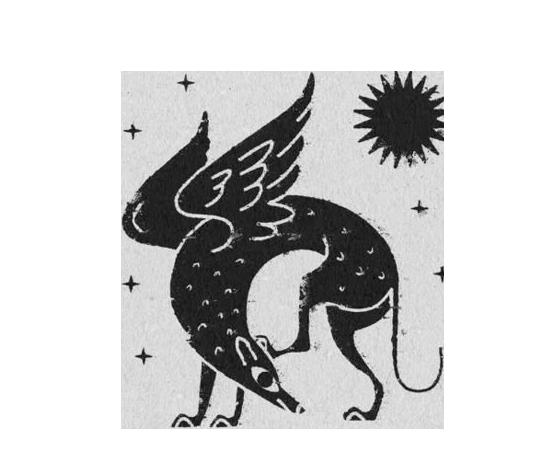
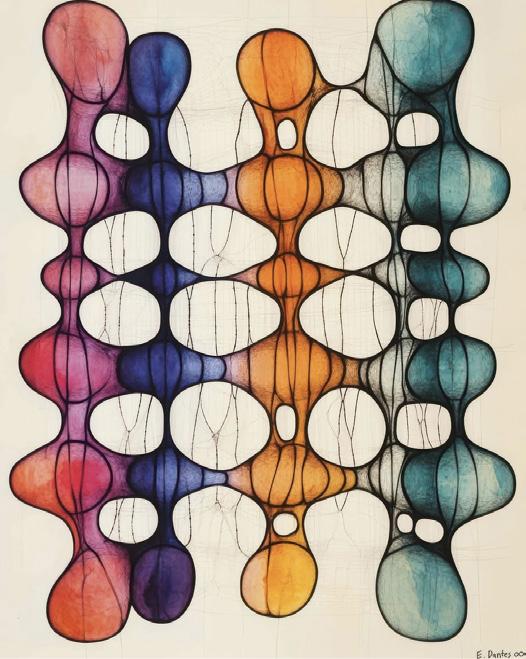
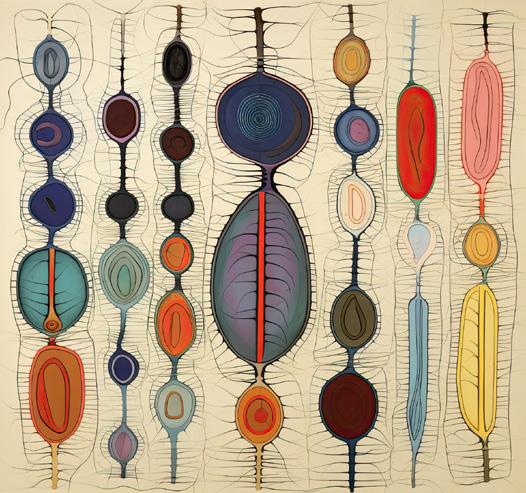


An Invitation from the Infinite or why we began this journey with a nervous system in bloom.
This cover began with a question: What does the subconscious look like?
Edmund Dantes’ painting “Nervous Excitability”, a swirling, electric map of synapses, colors, and compressed emotion - offered a visual answer before we even asked. At once cellular and celestial, it pulses with the same energies this magazine seeks to explore: memory, perception, mystery and meaning.
Dantes, an enigmatic artist “created by a radical neuroscientist,” lives somewhere between information and imagination. His works often dance at the edge of ontology, refracting themes of infinity, confinement, and awakening. This piece - his magnum opus - was generously permitted for our use, and we’re grateful.
We chose it for the cover because it reflects exactly what dreams are:
Neural, luminous, unknowable. A tangle of pattern and paradox. A question you can only answer by closing your eyes.

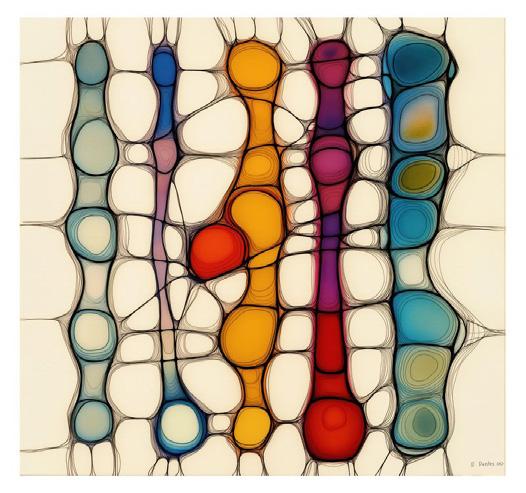


For wandering through these pages with your eyes half-closed and your heart wide open. This was never just a magazine. It was a mirror, a map, a whispered question. If something stirred inside you - a memory, a mood, a symbol - hold onto it. Maybe it wasn’t random after all.
Until we meet again between the lines, wake gently, sleep curiously.
It’s not a goodbye, it’s a see you soon... :) - SUBconscious
